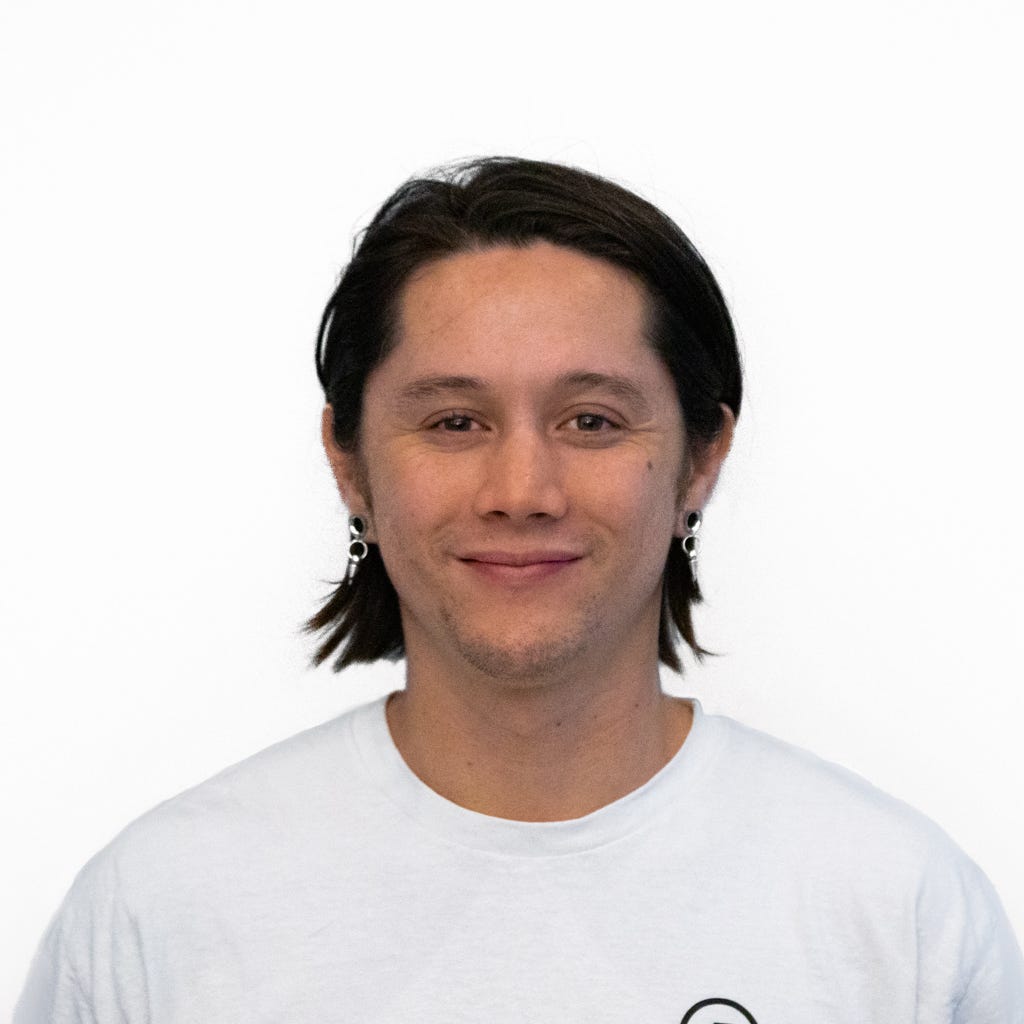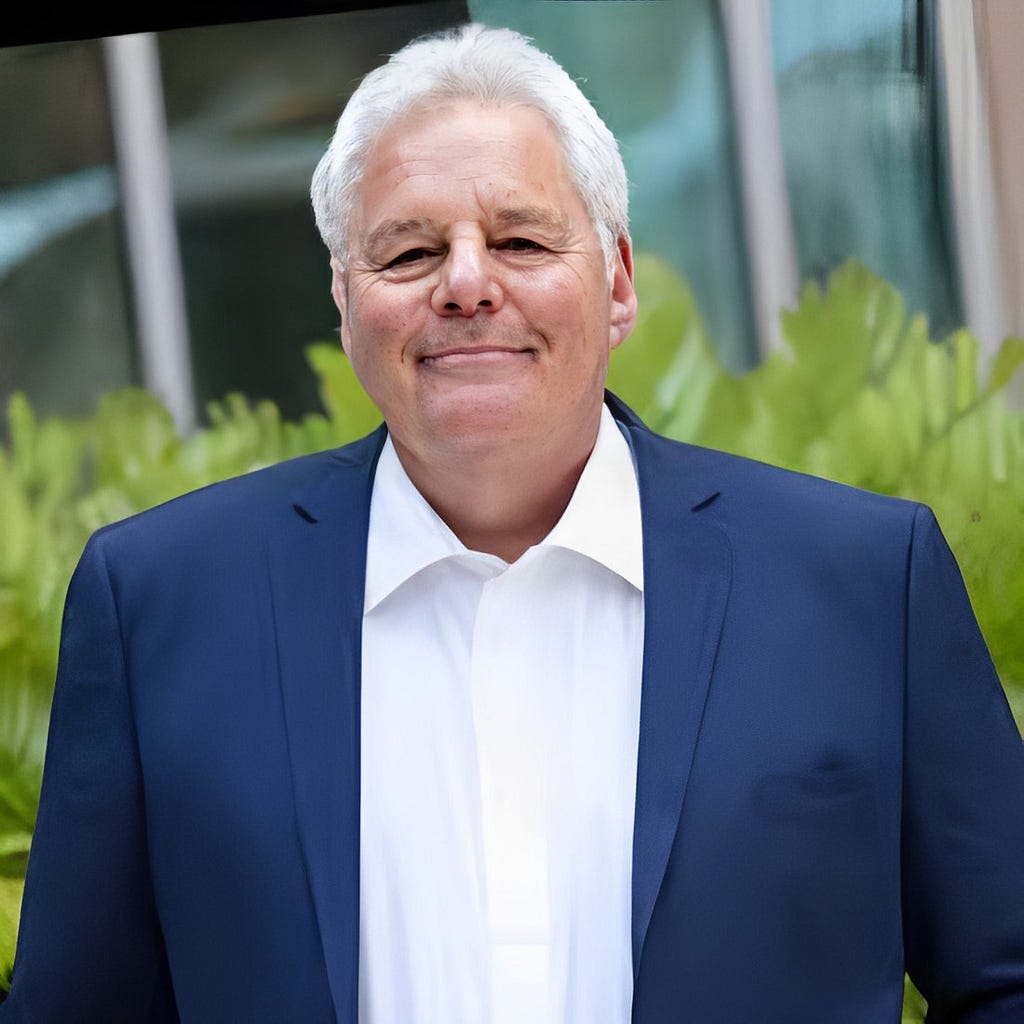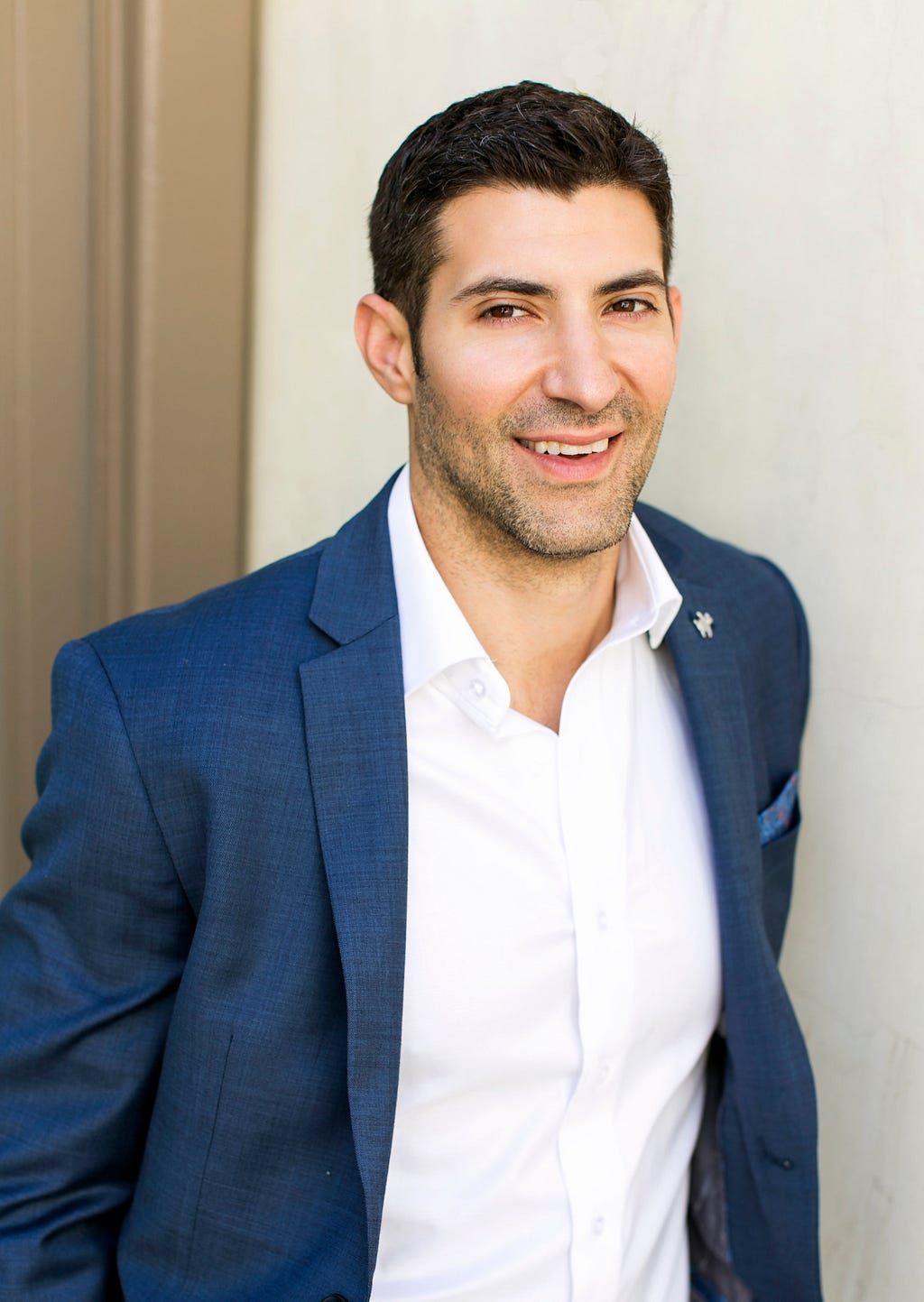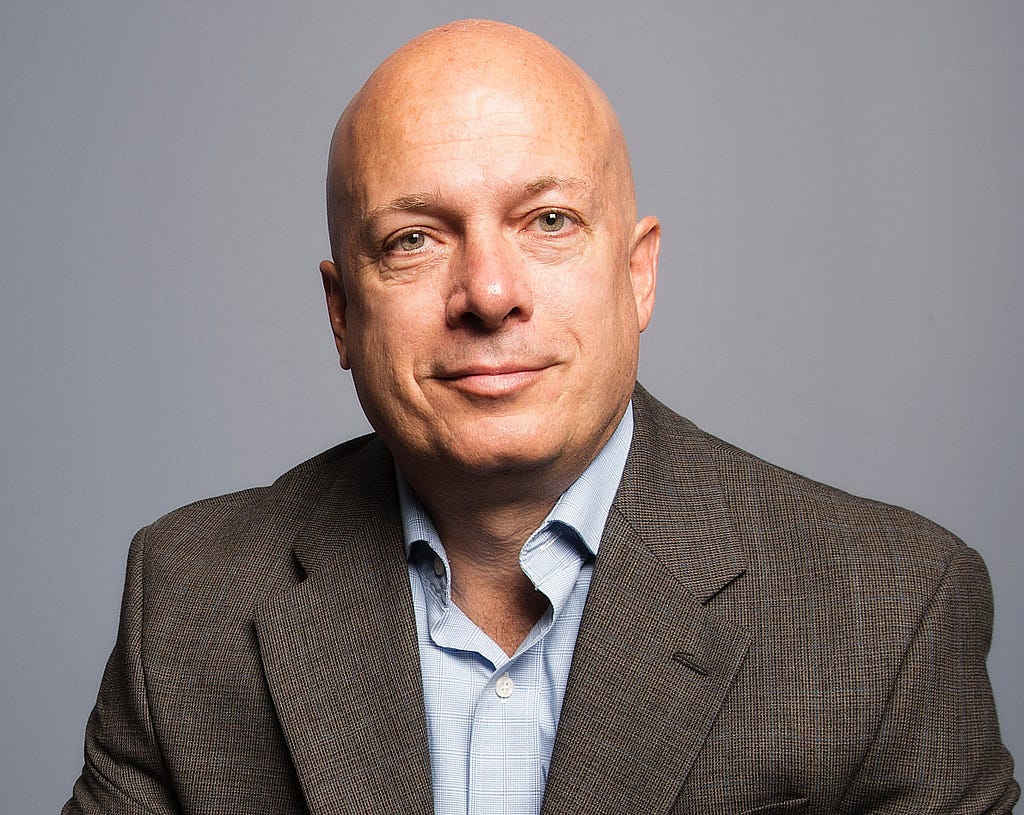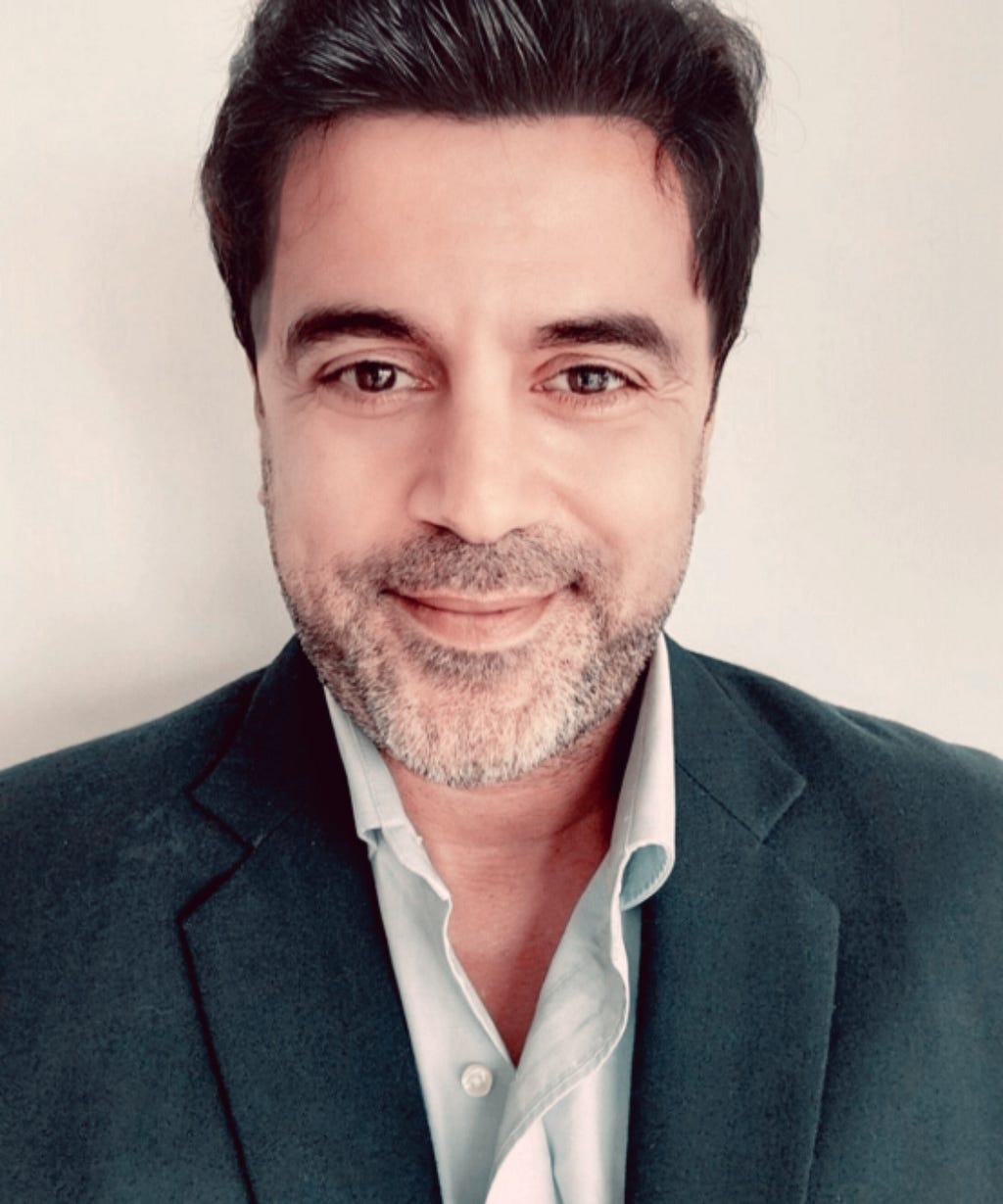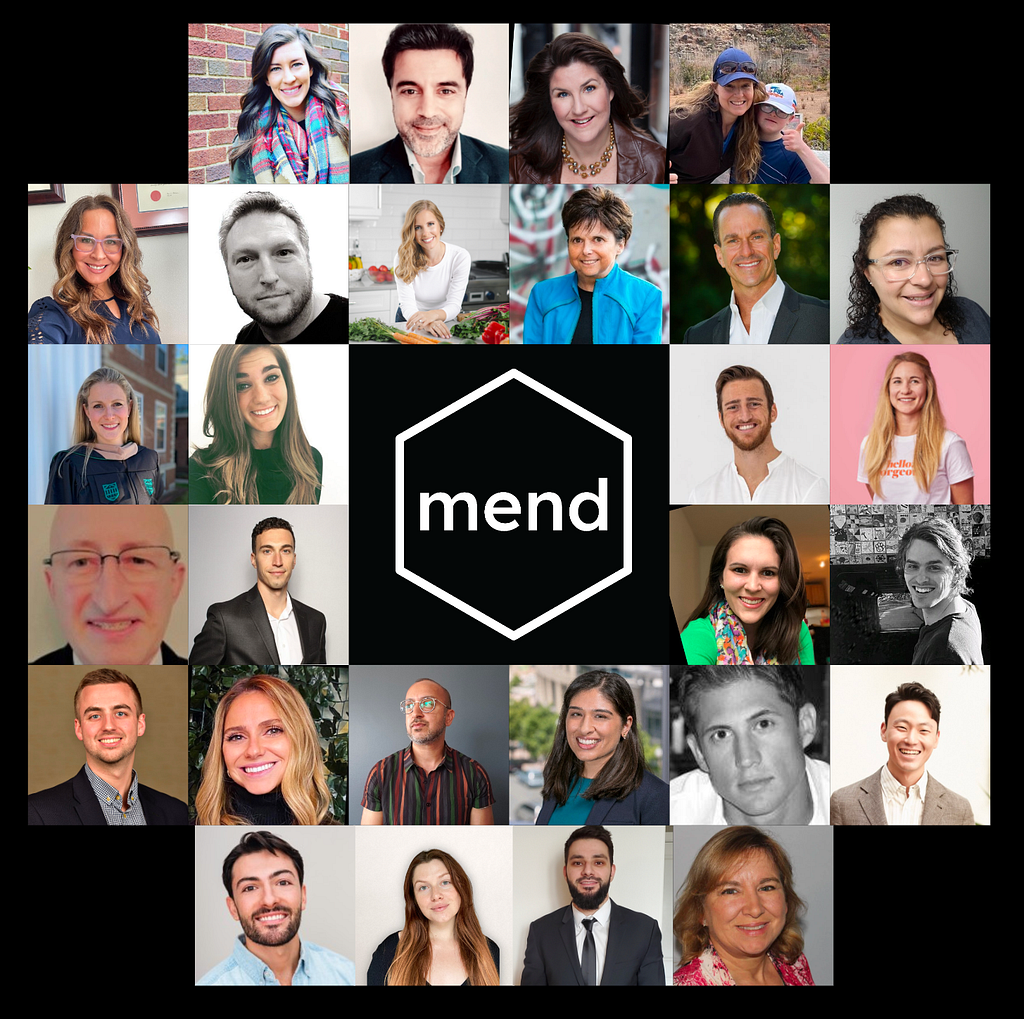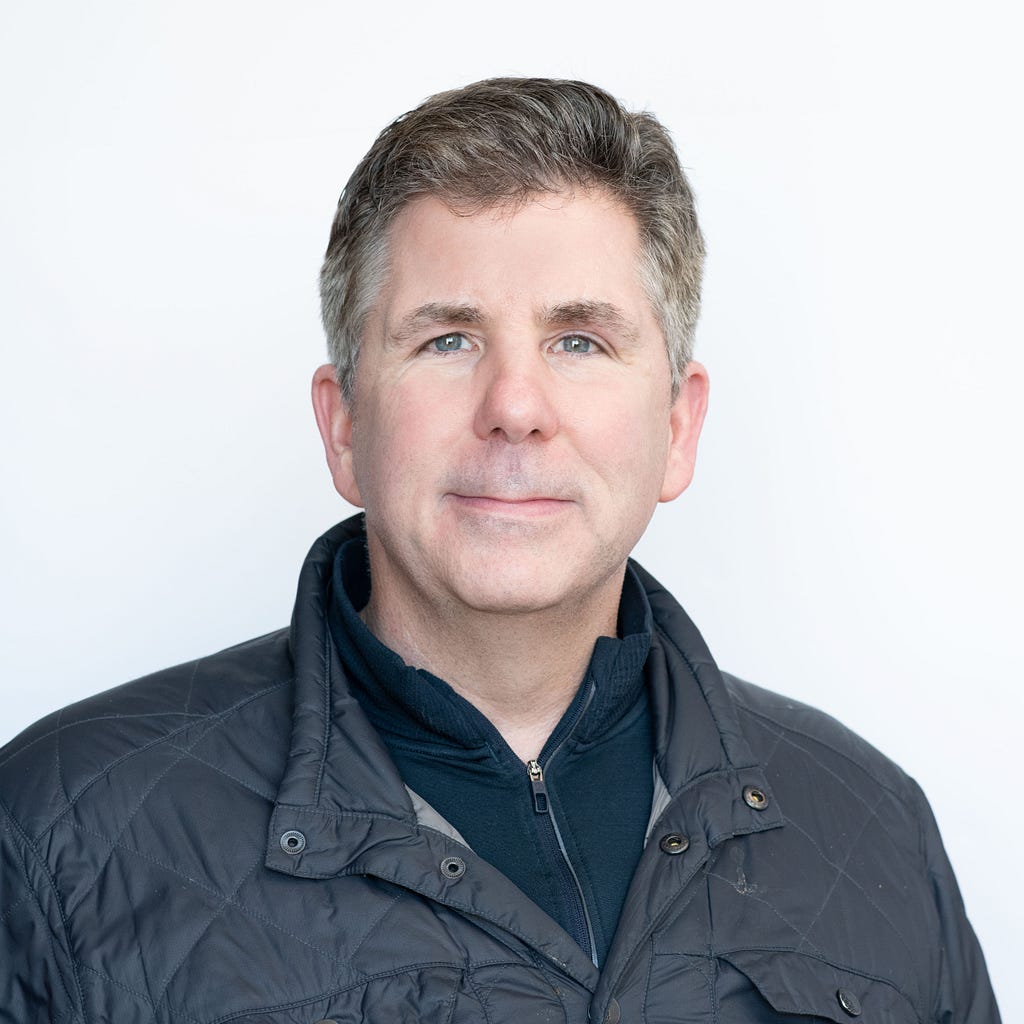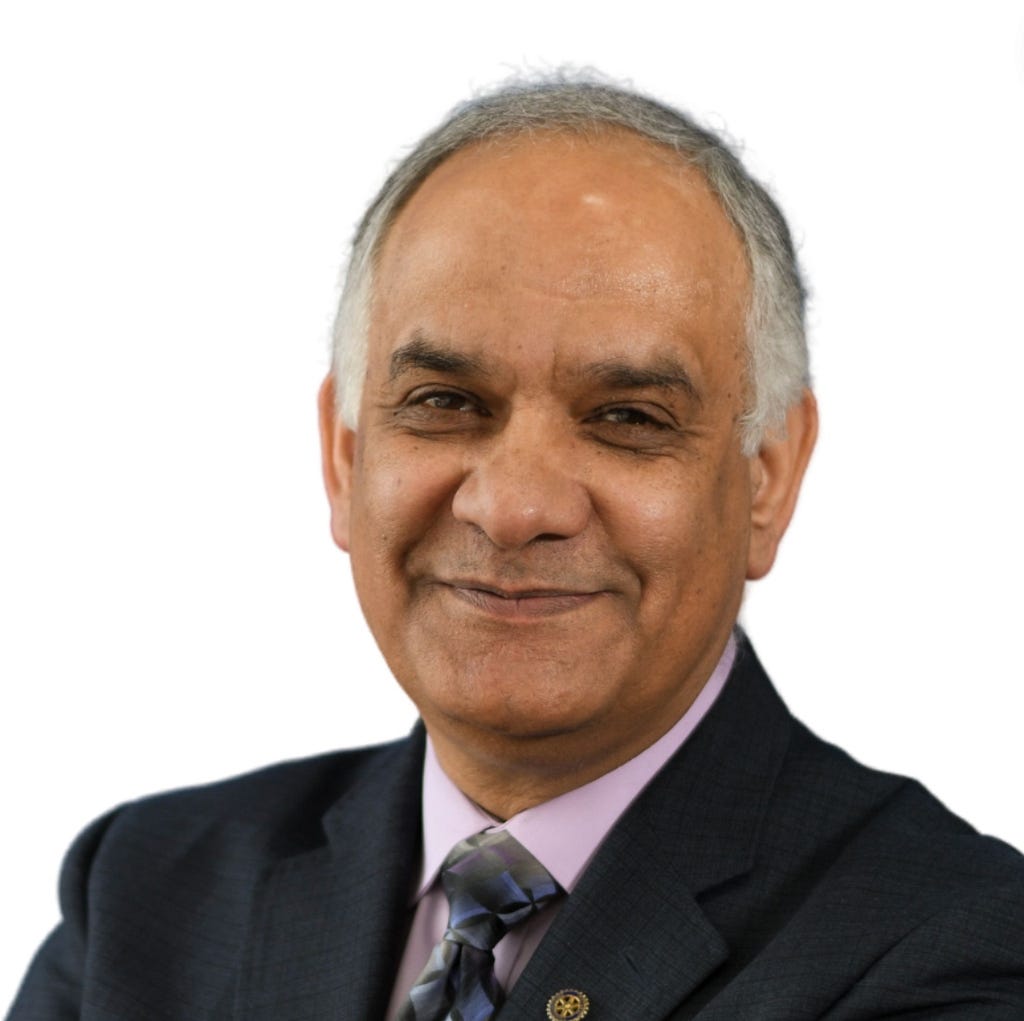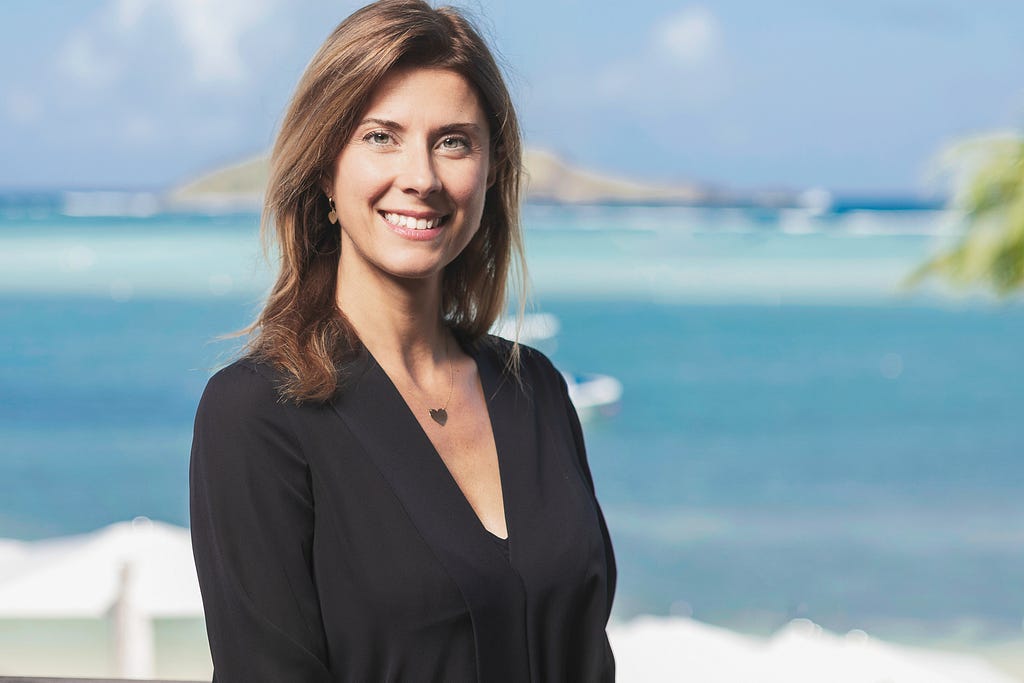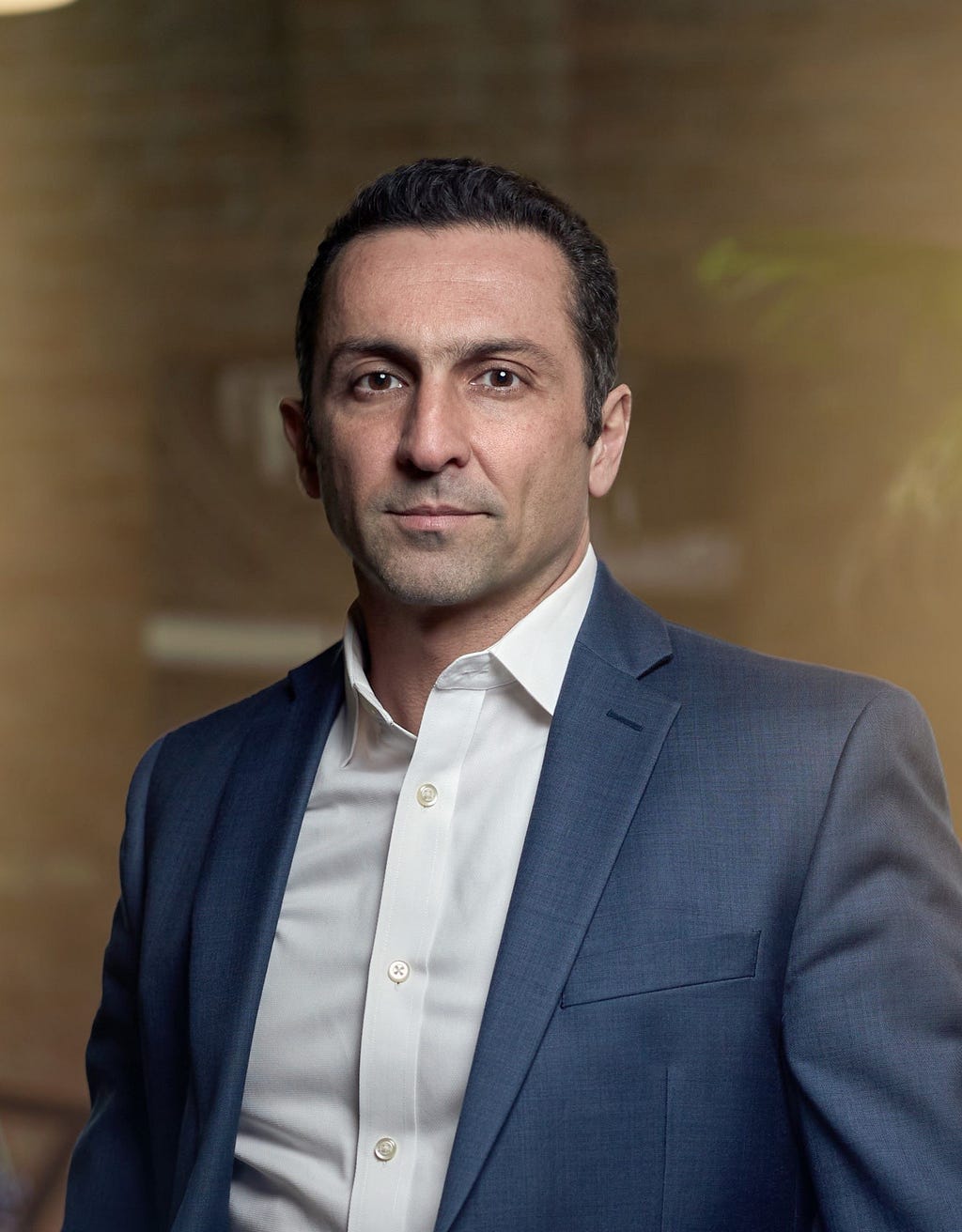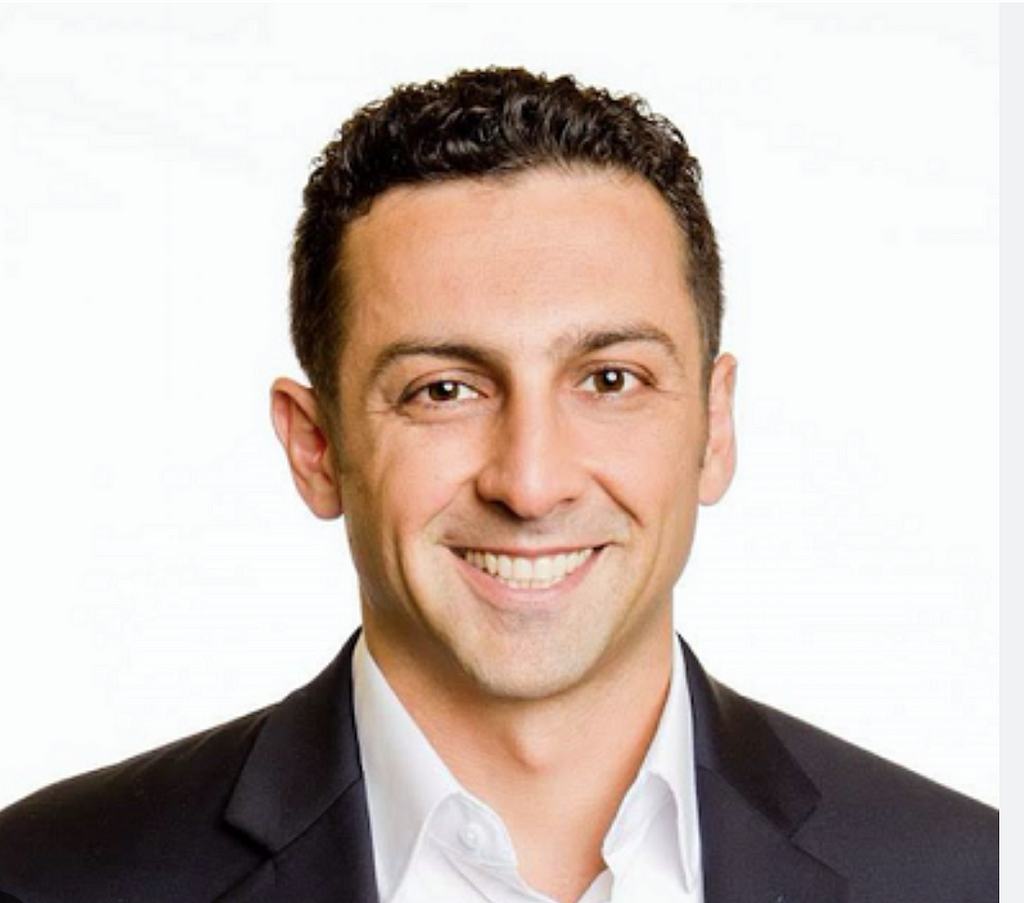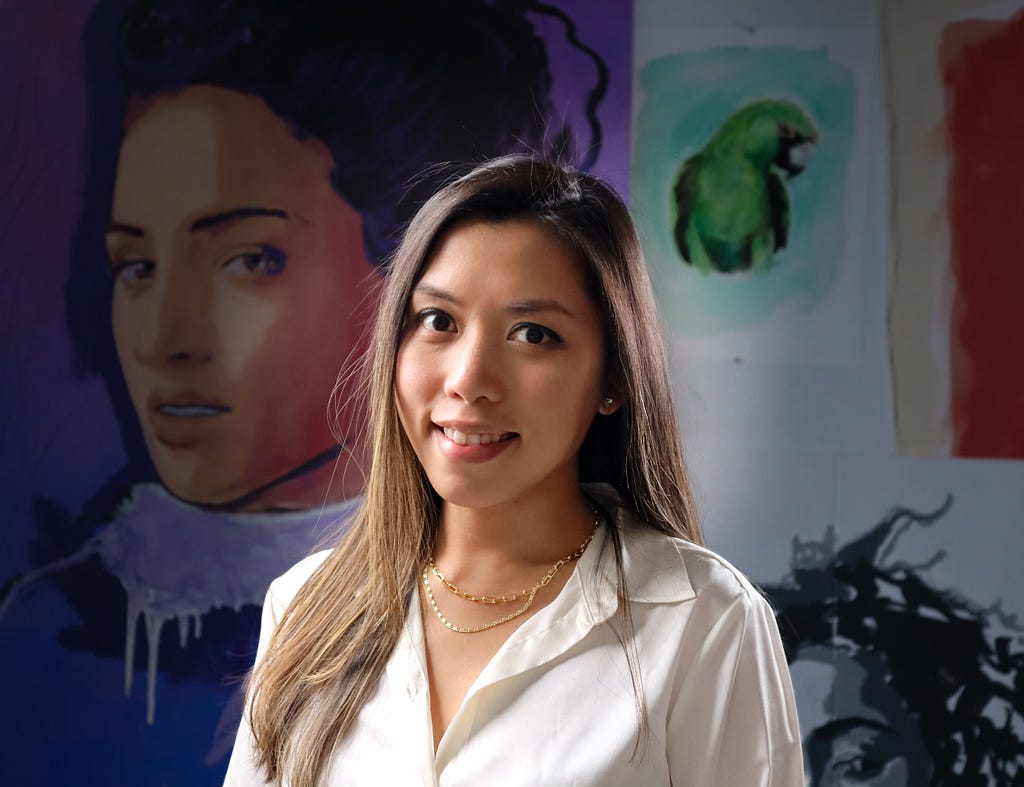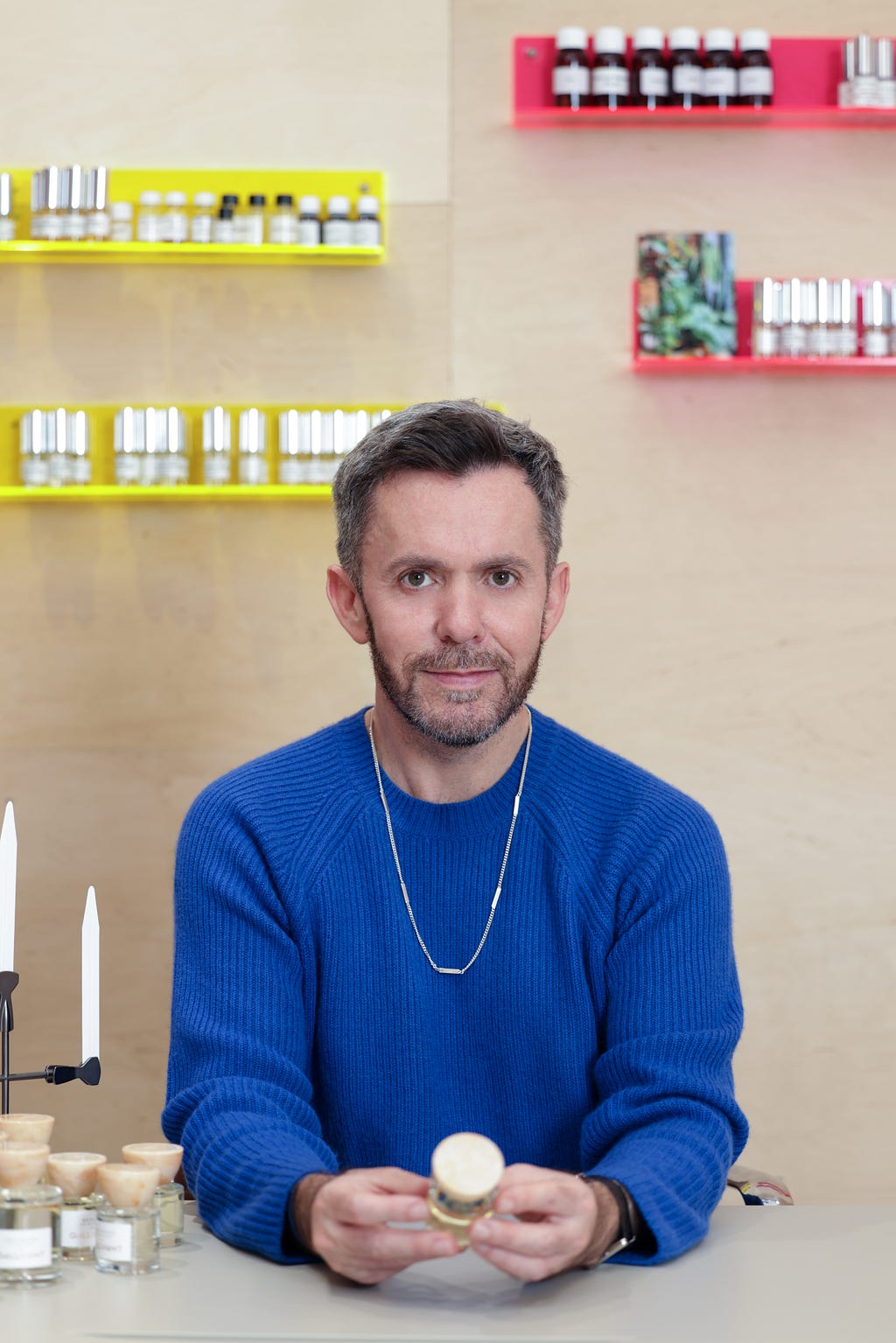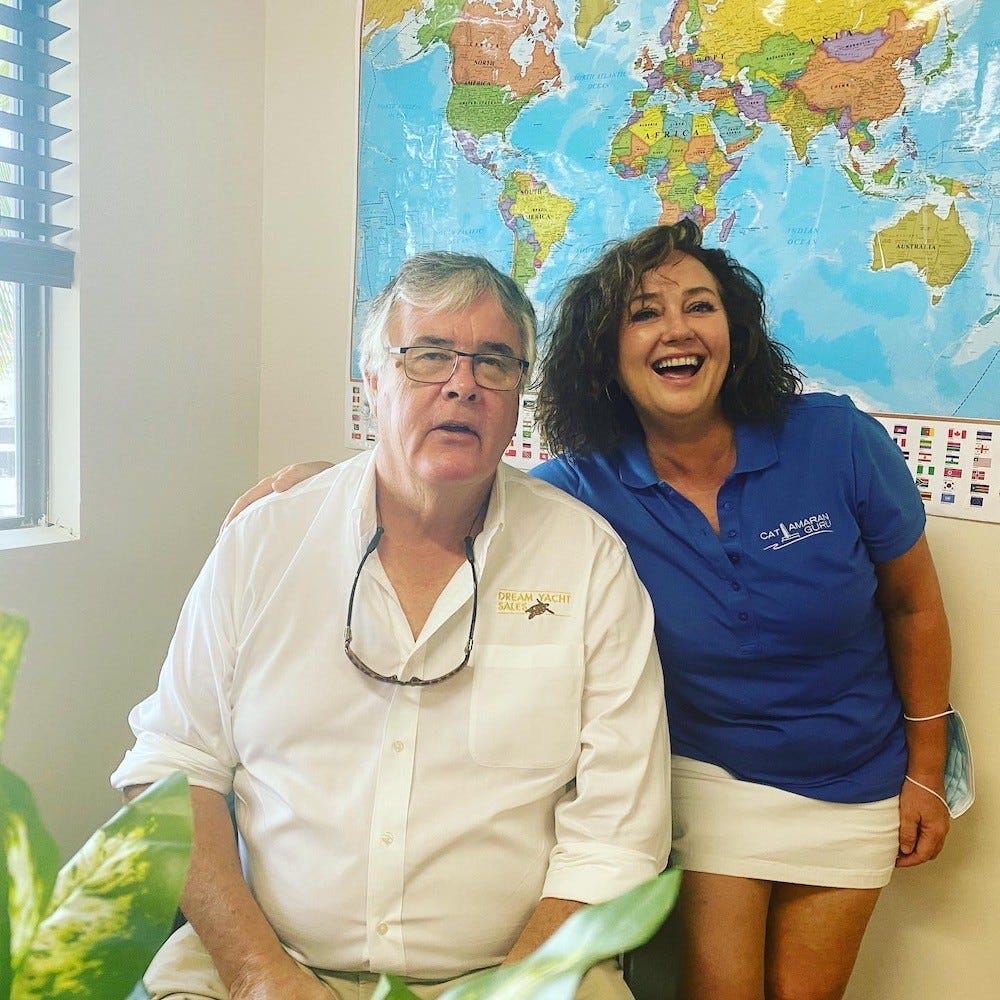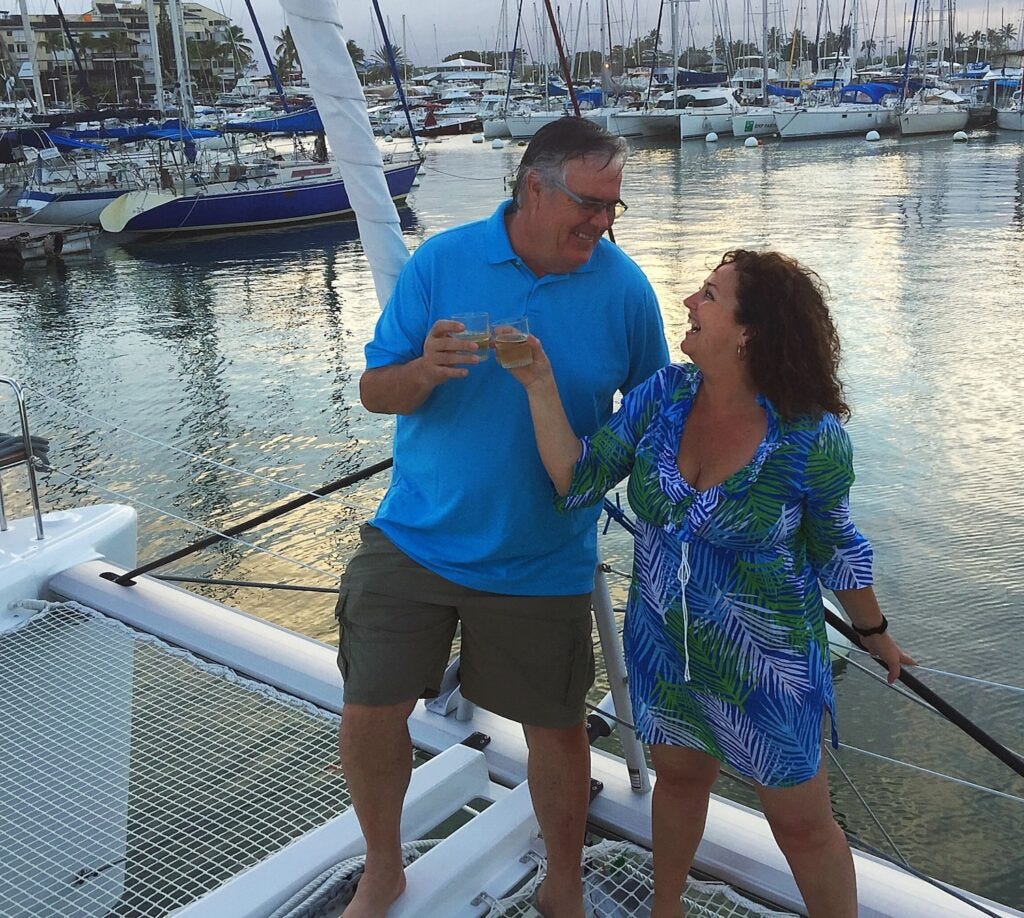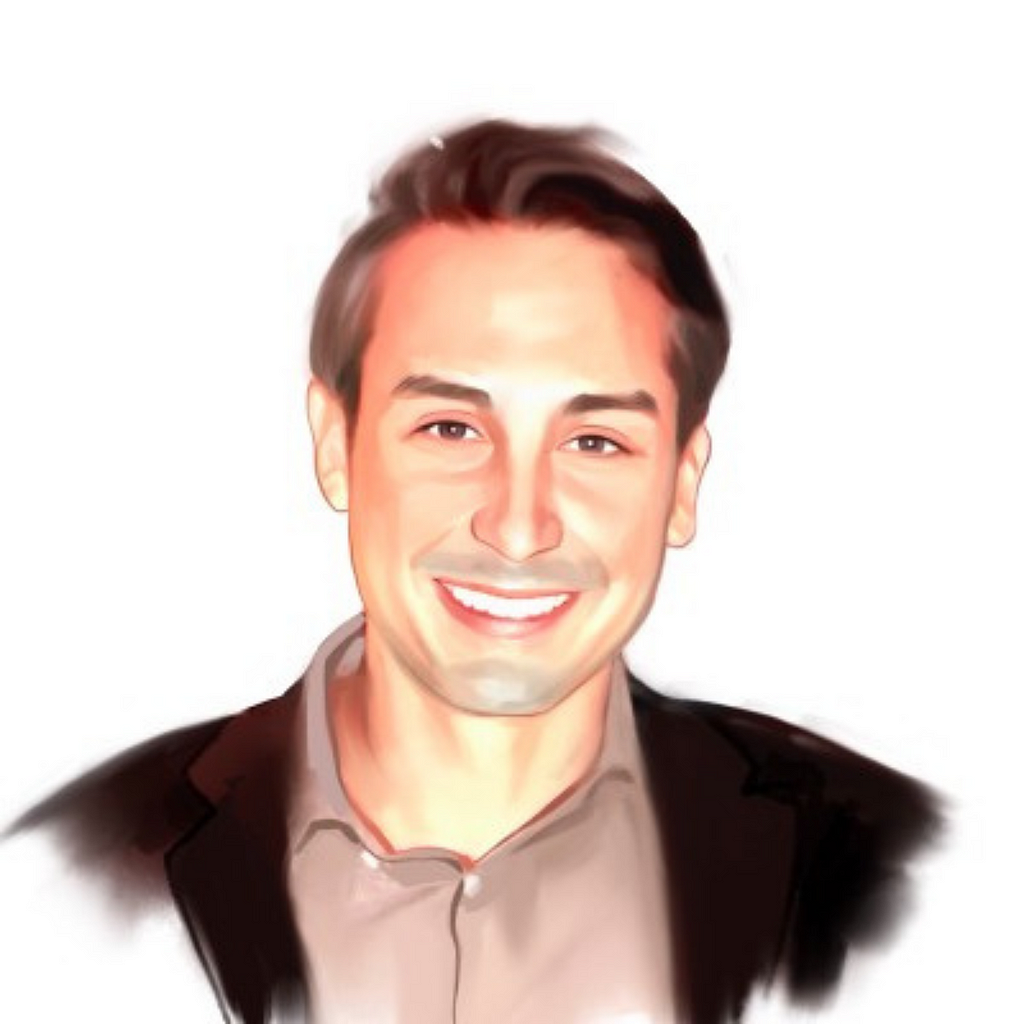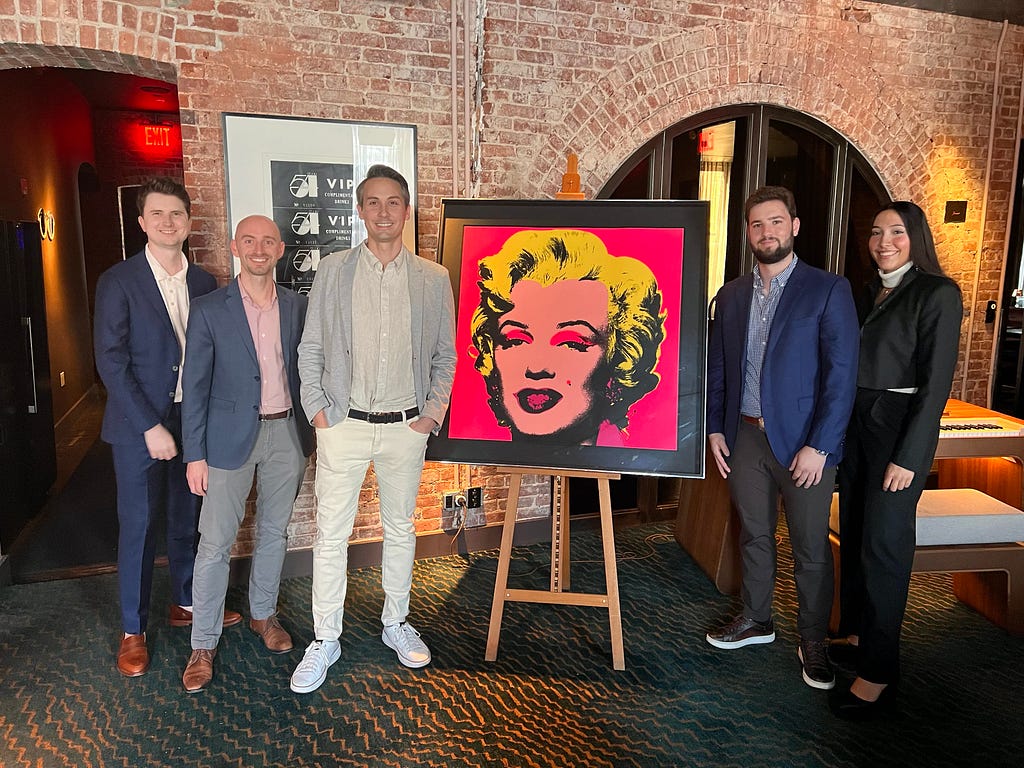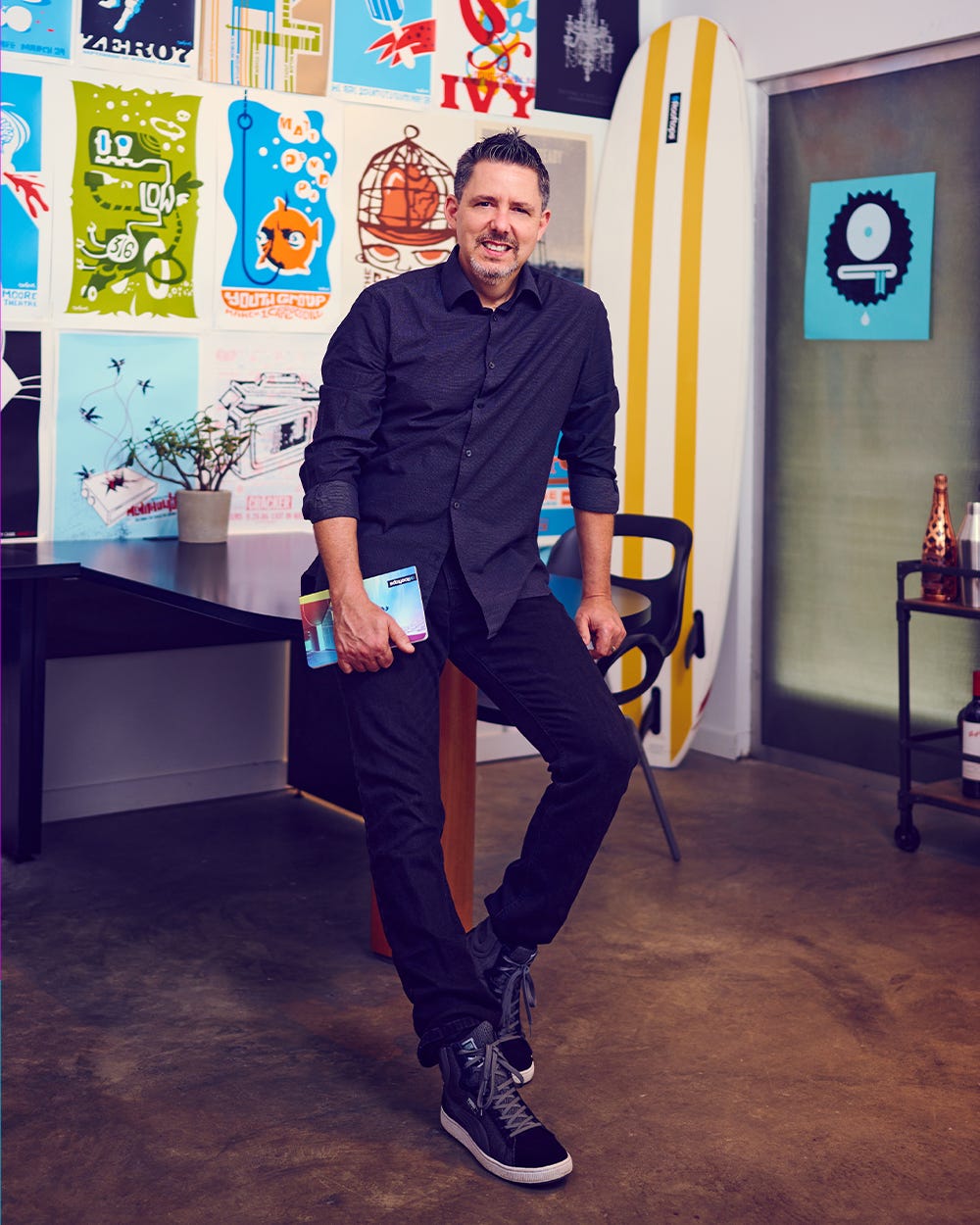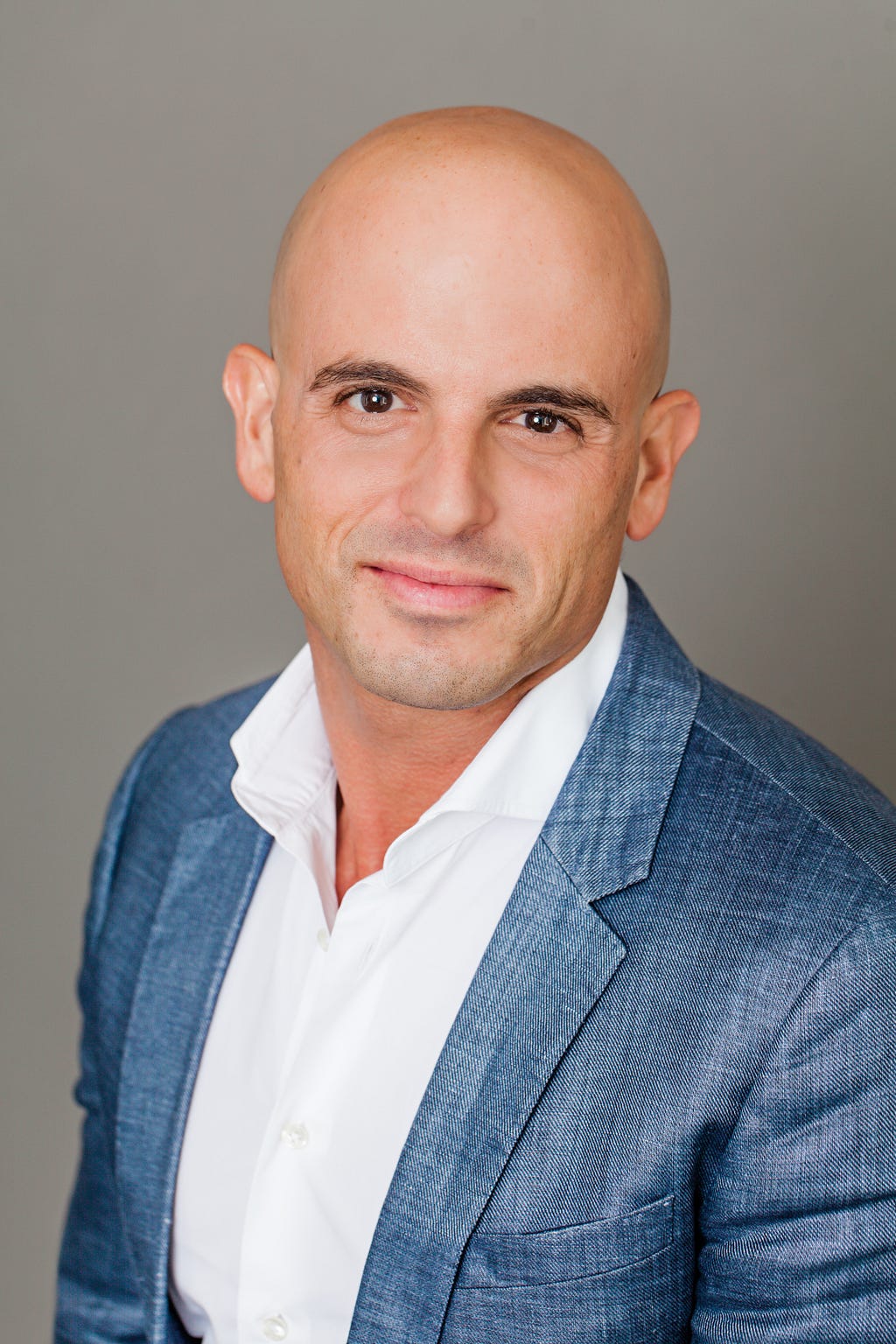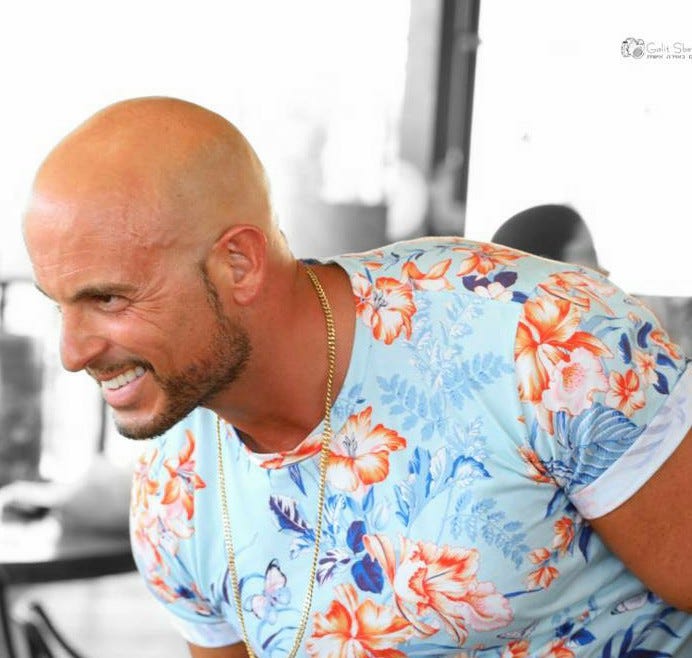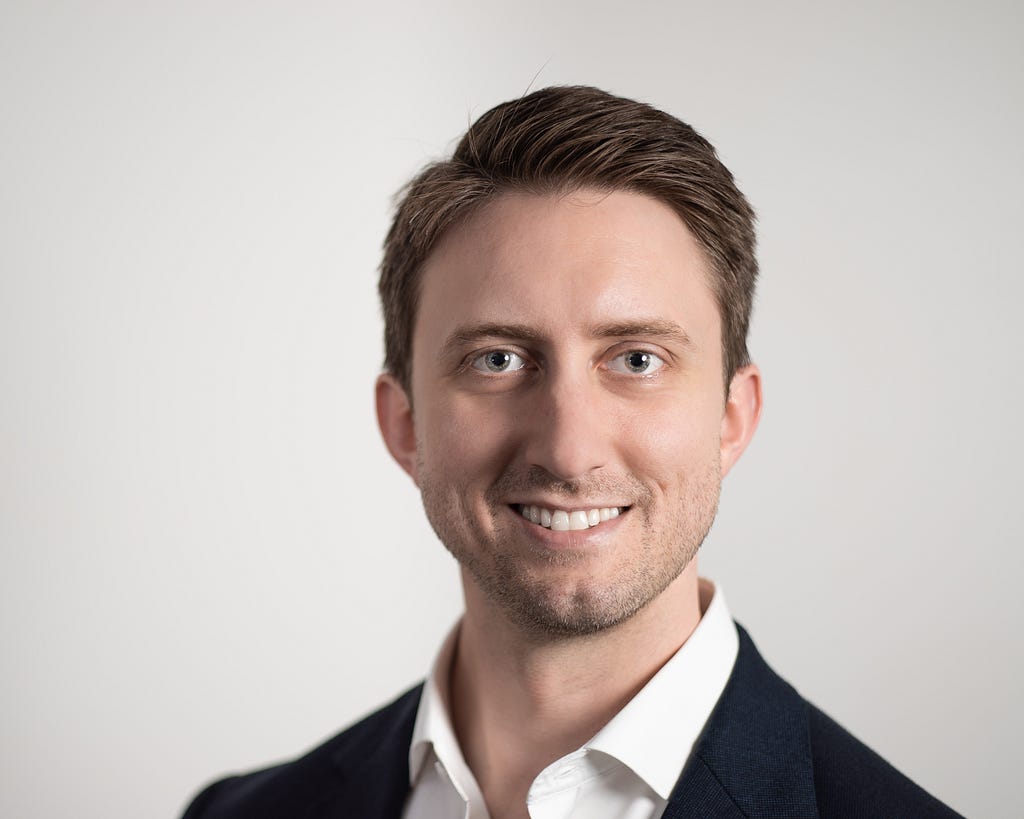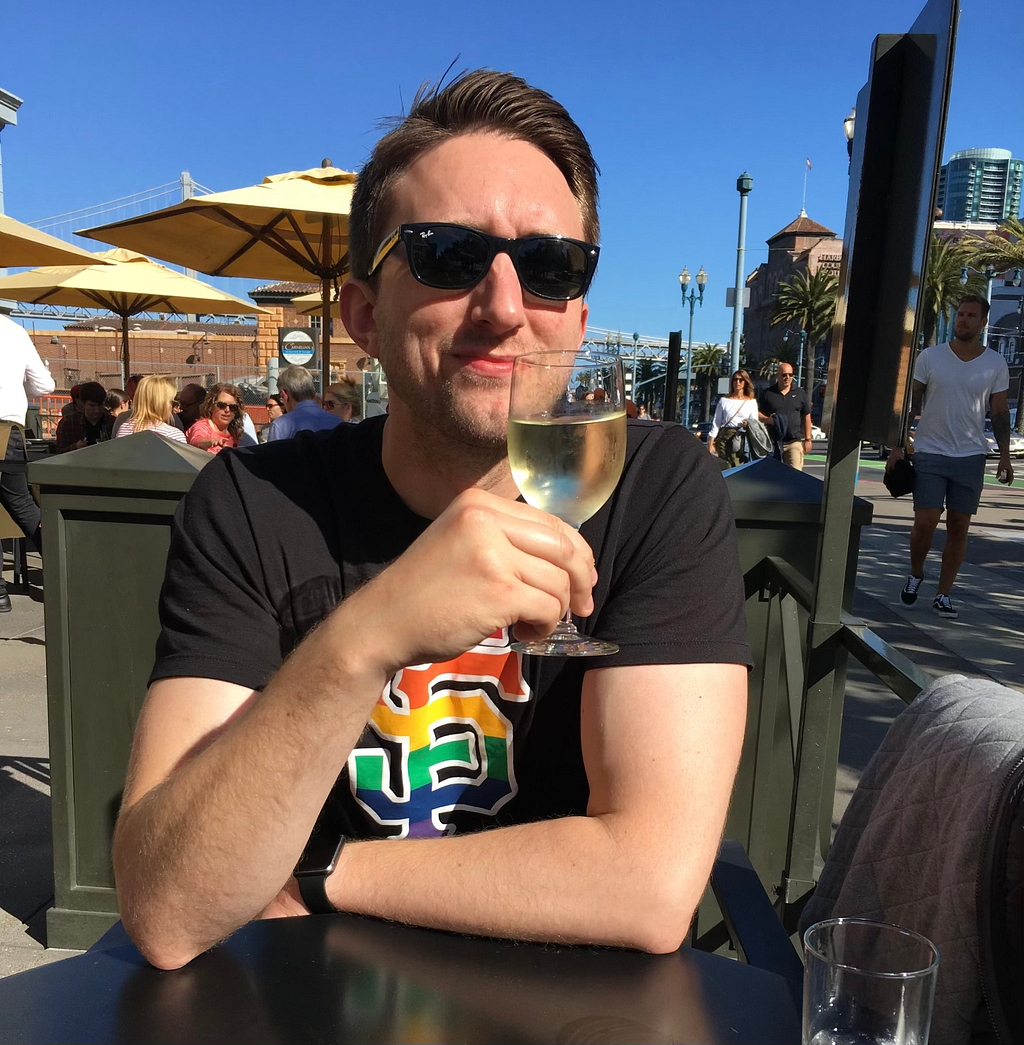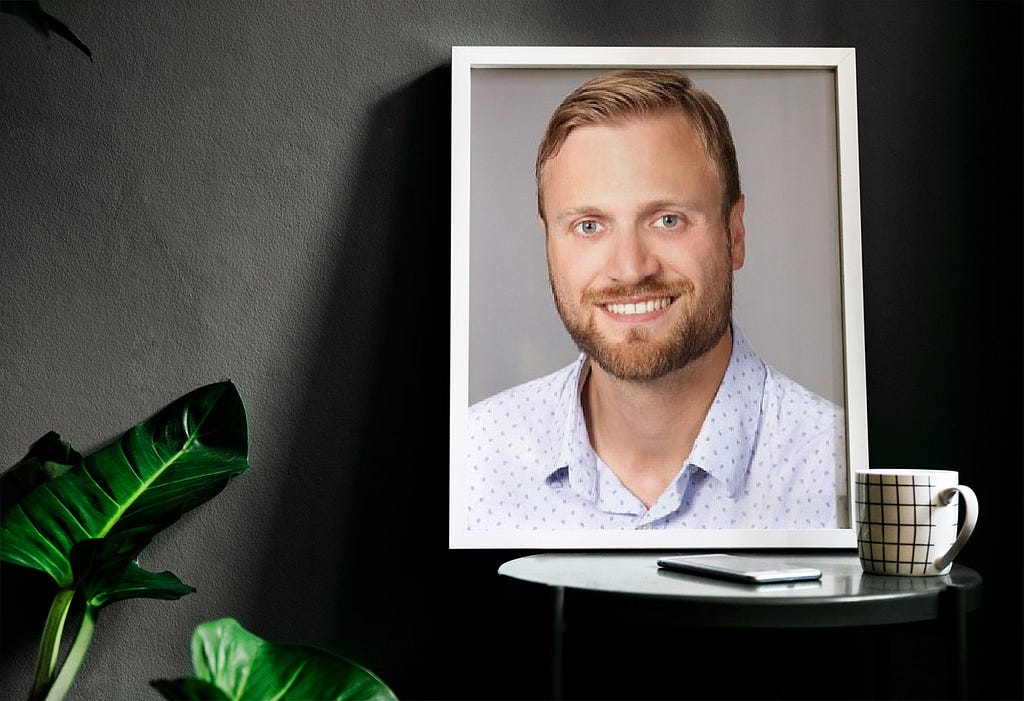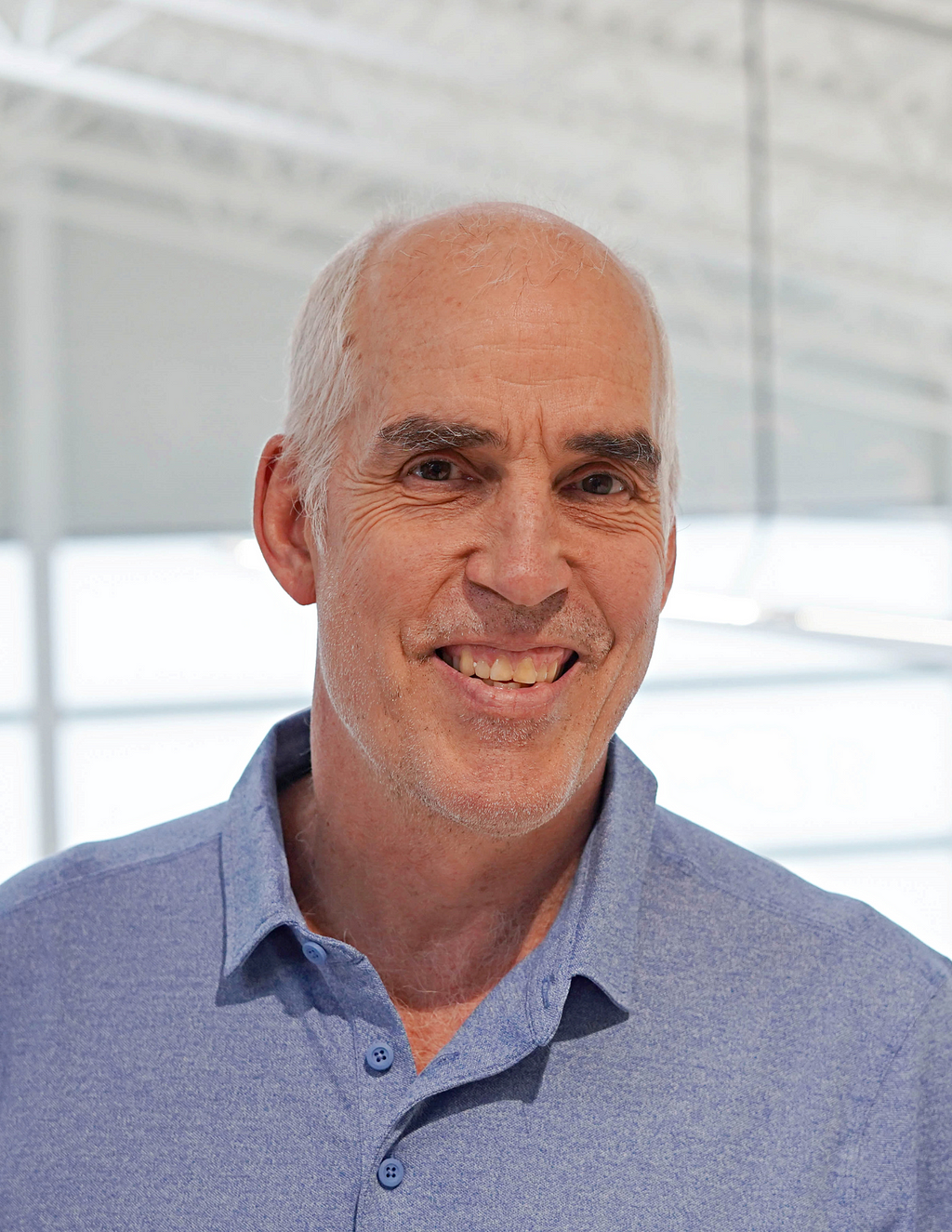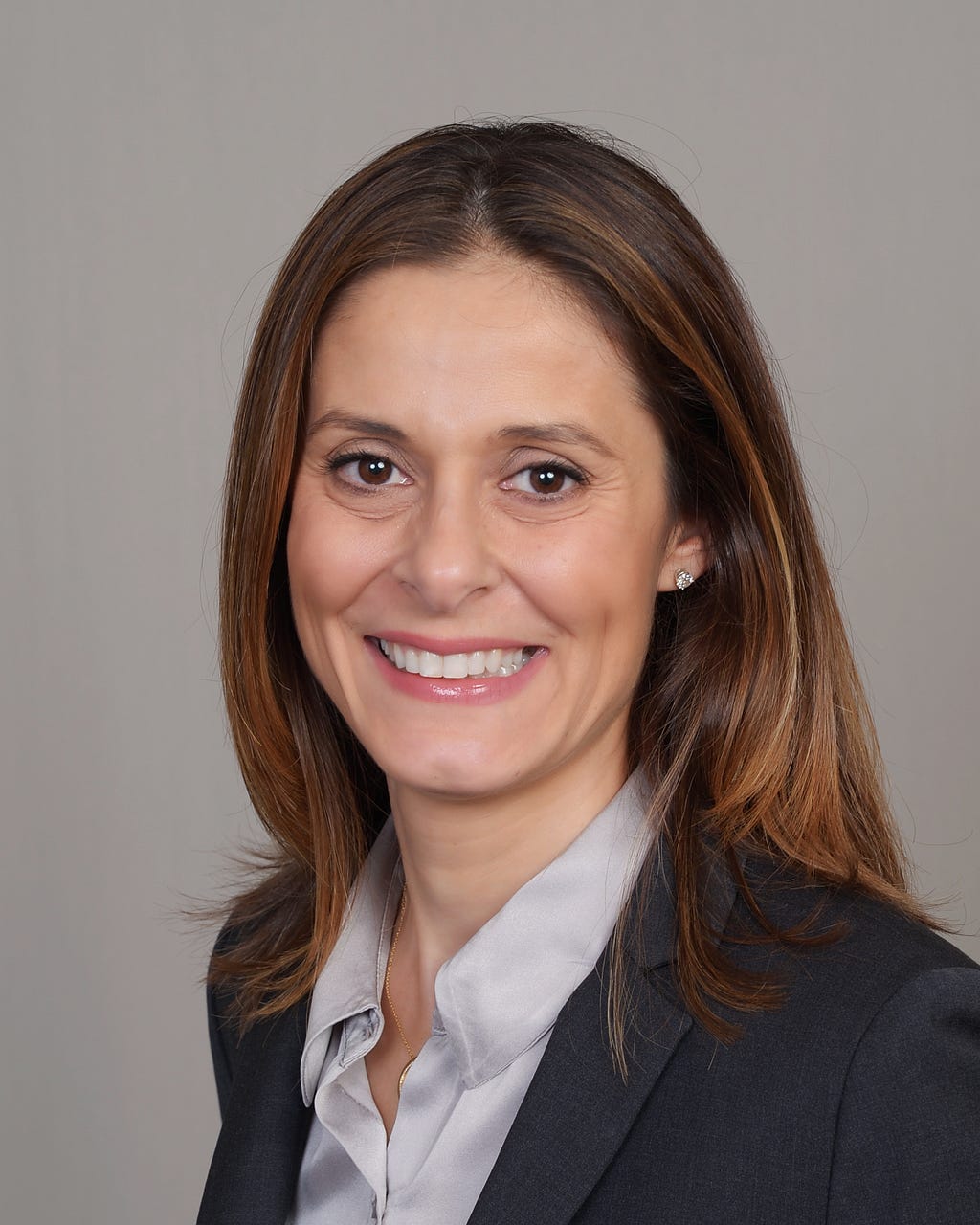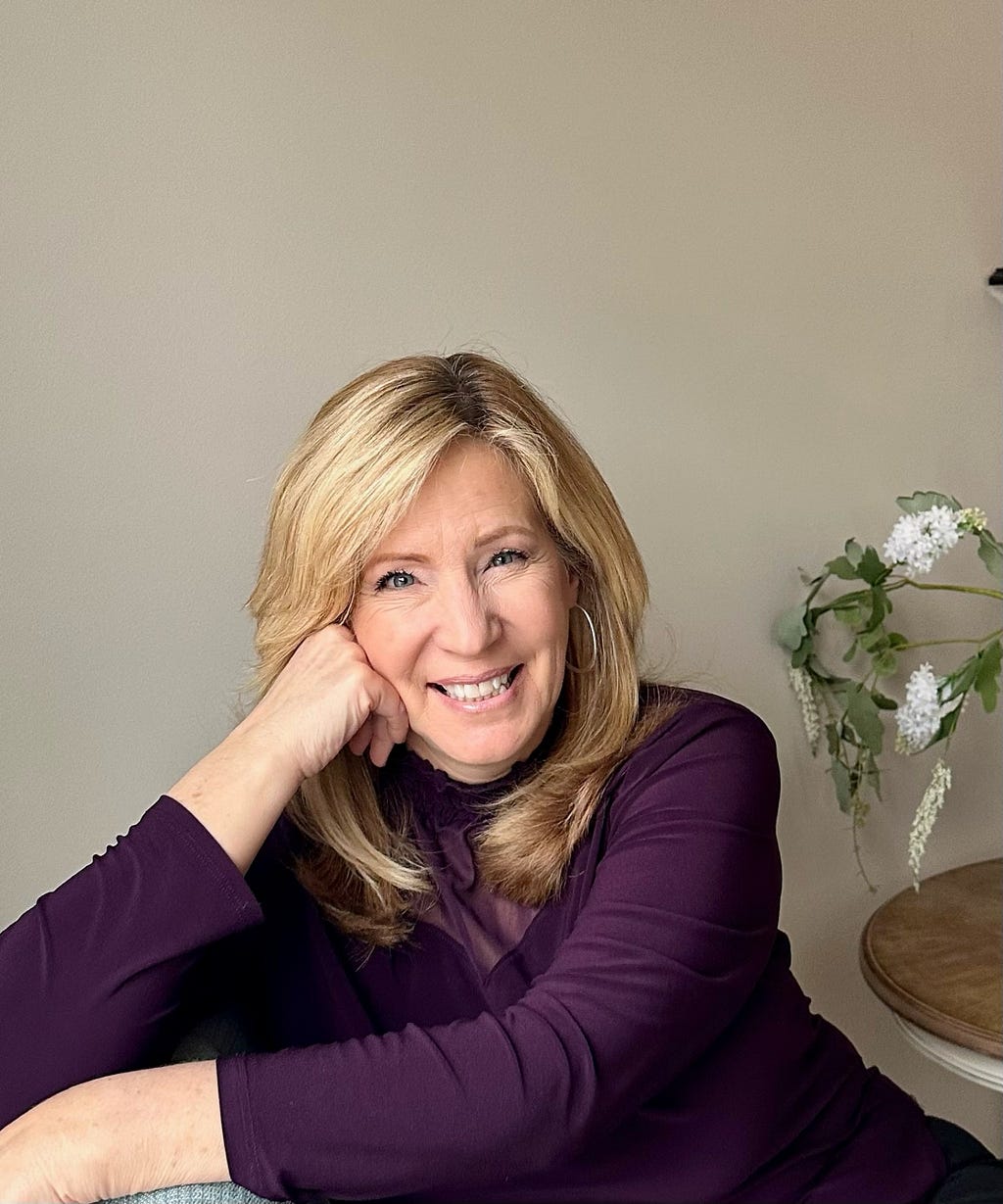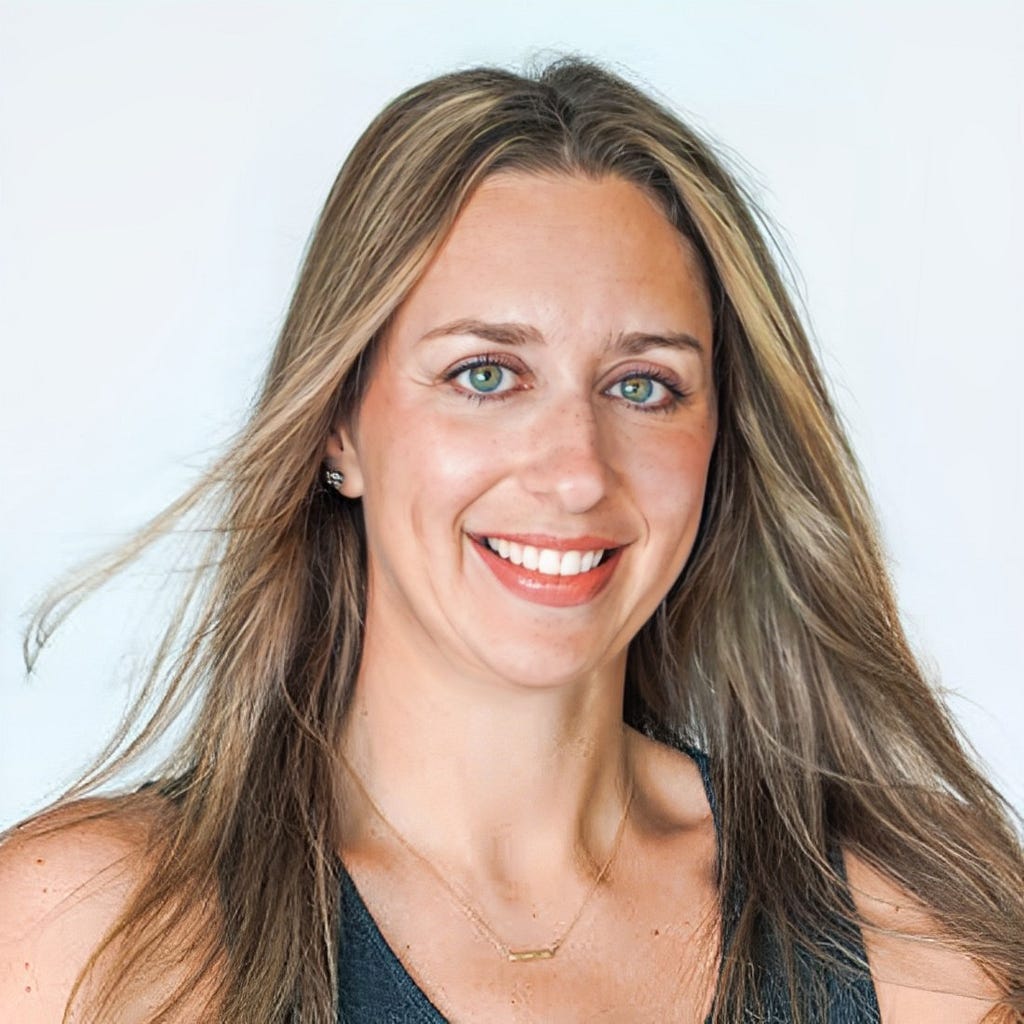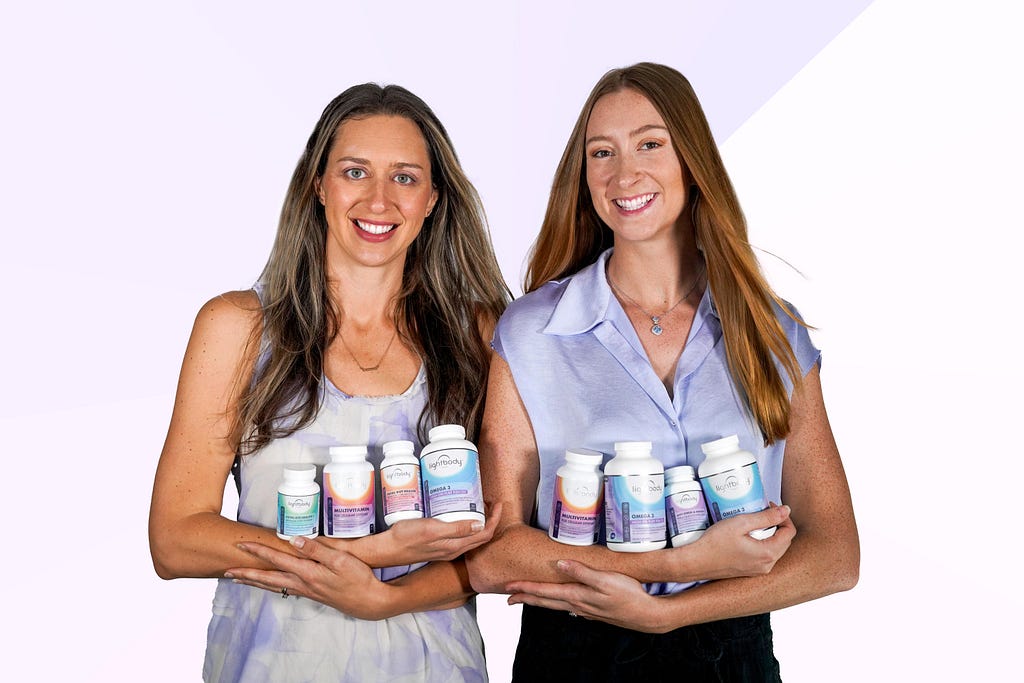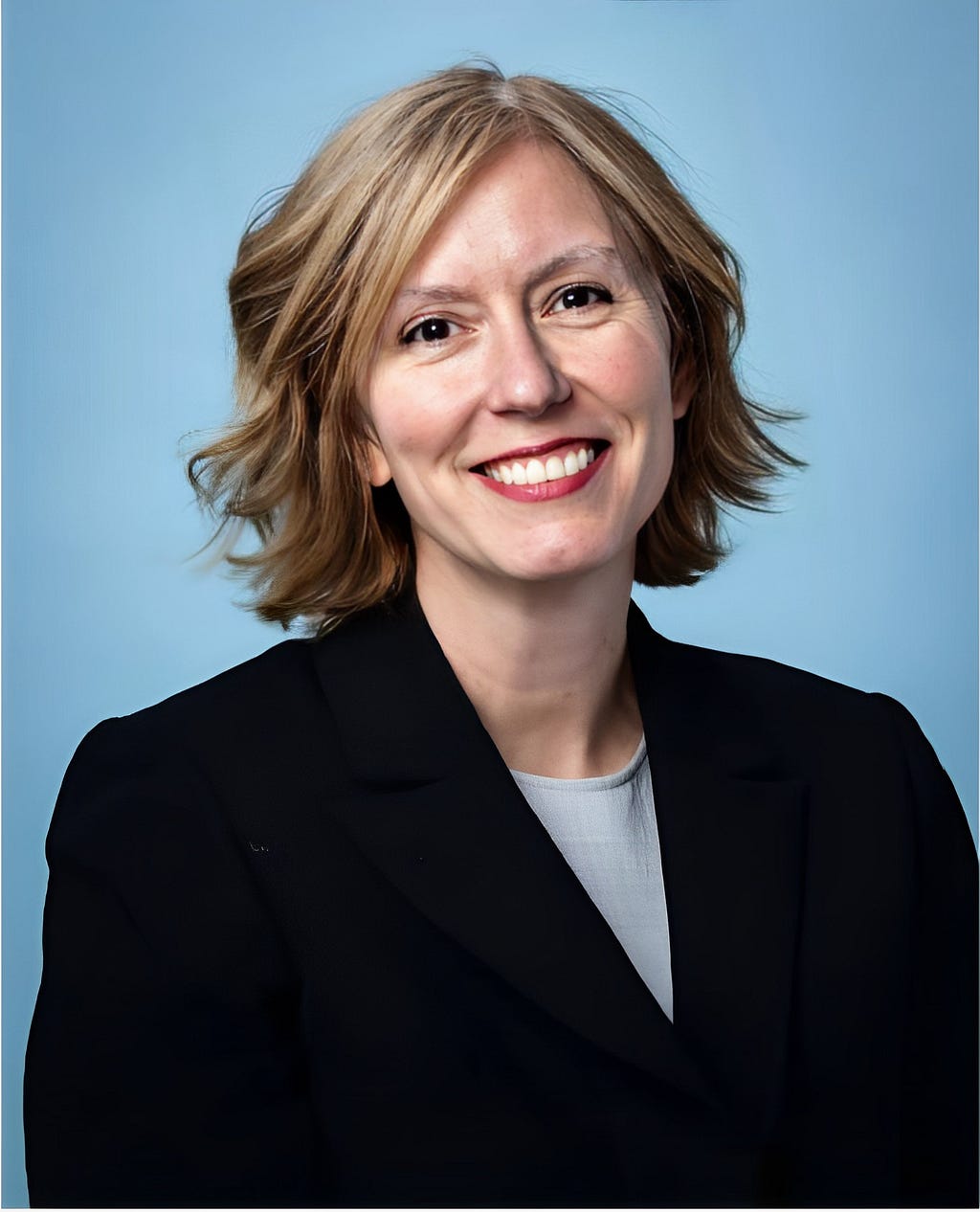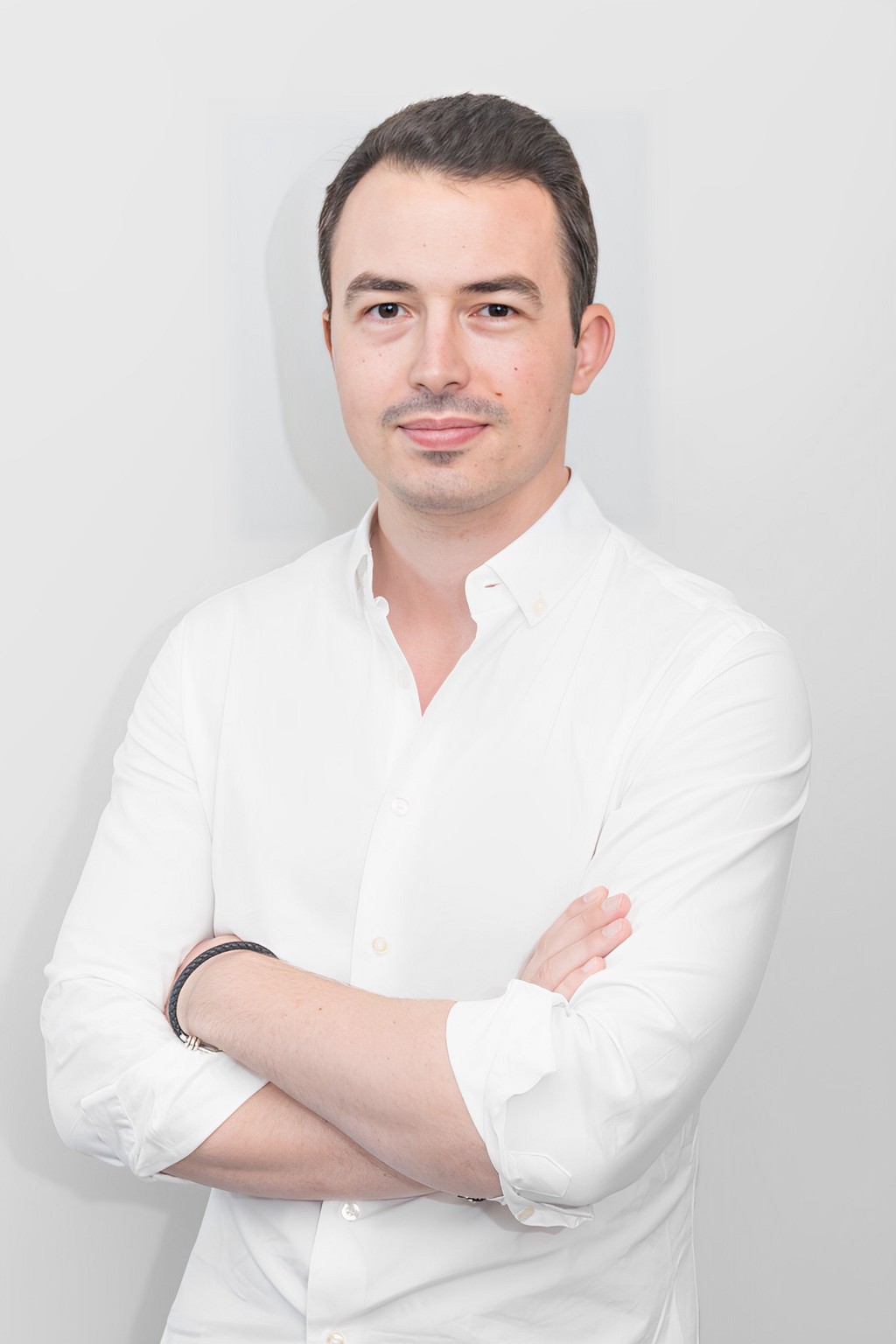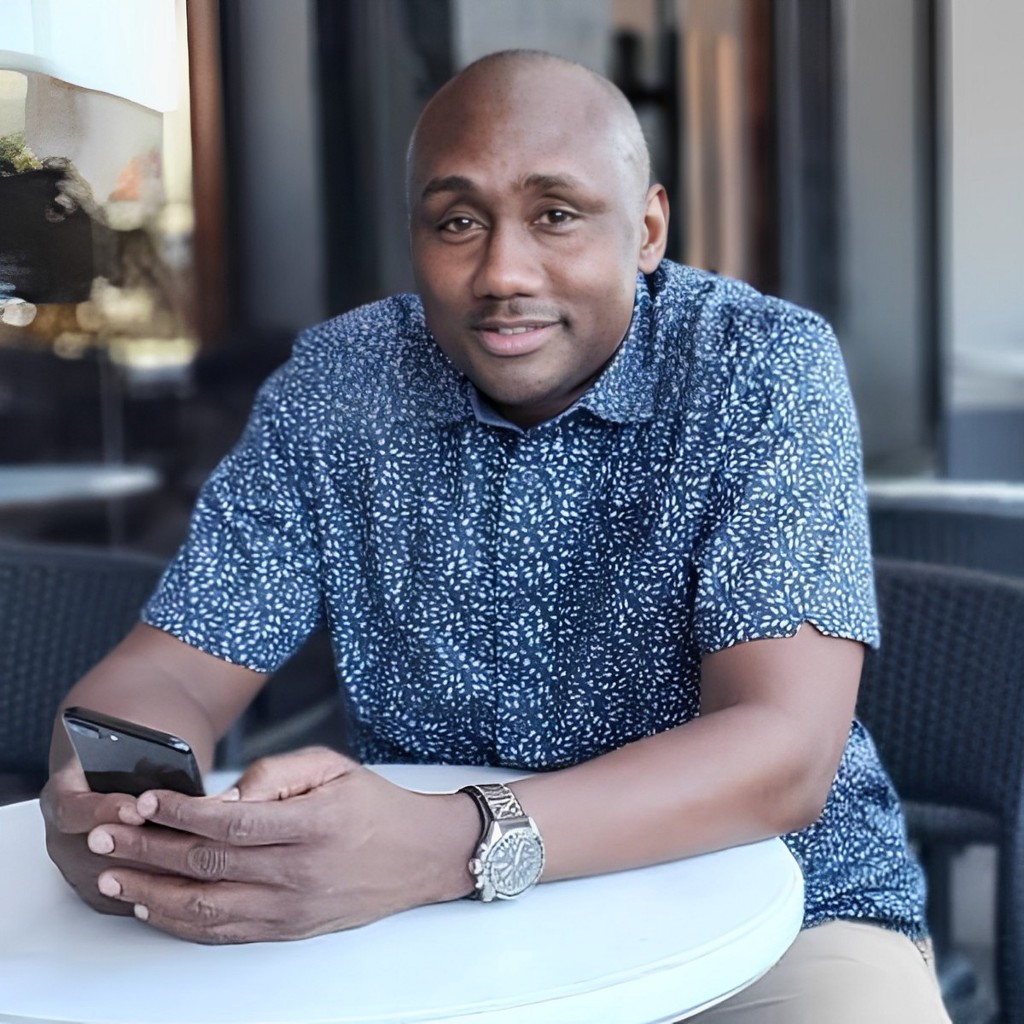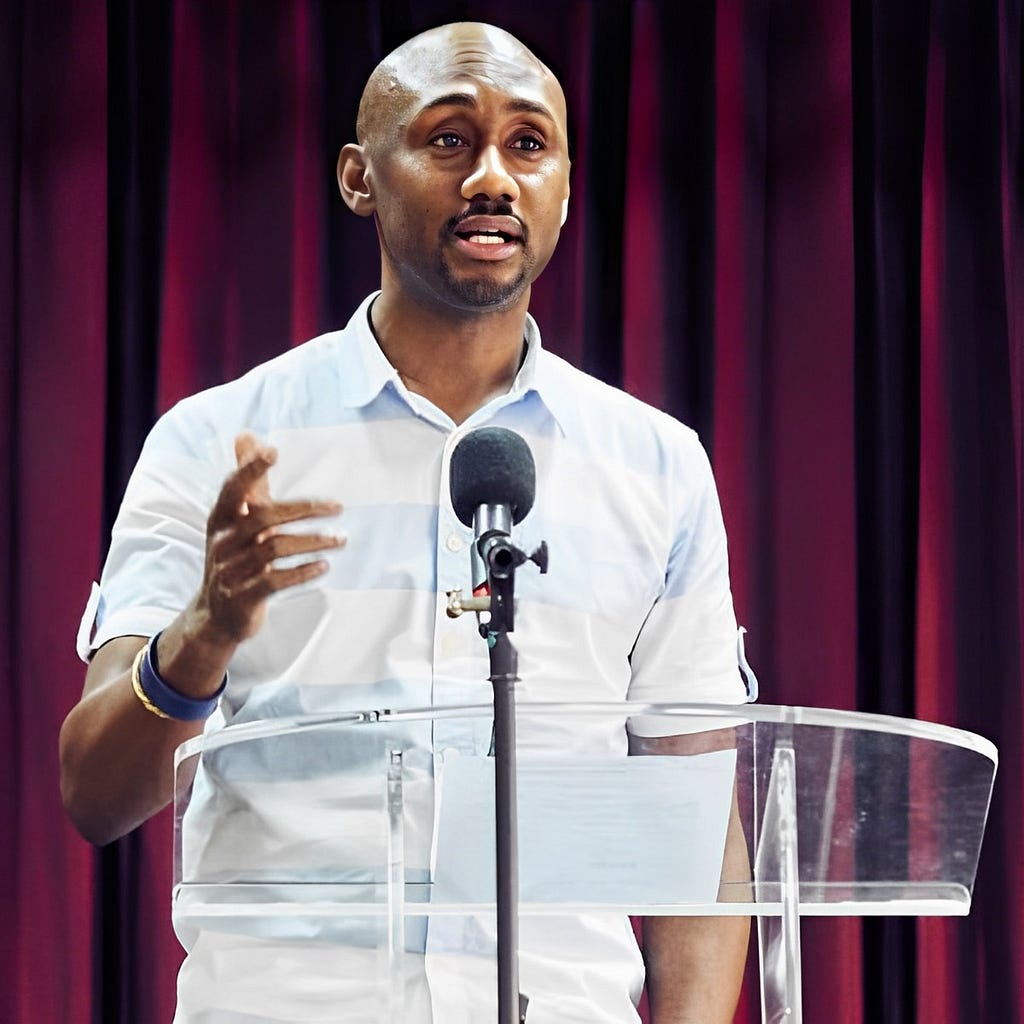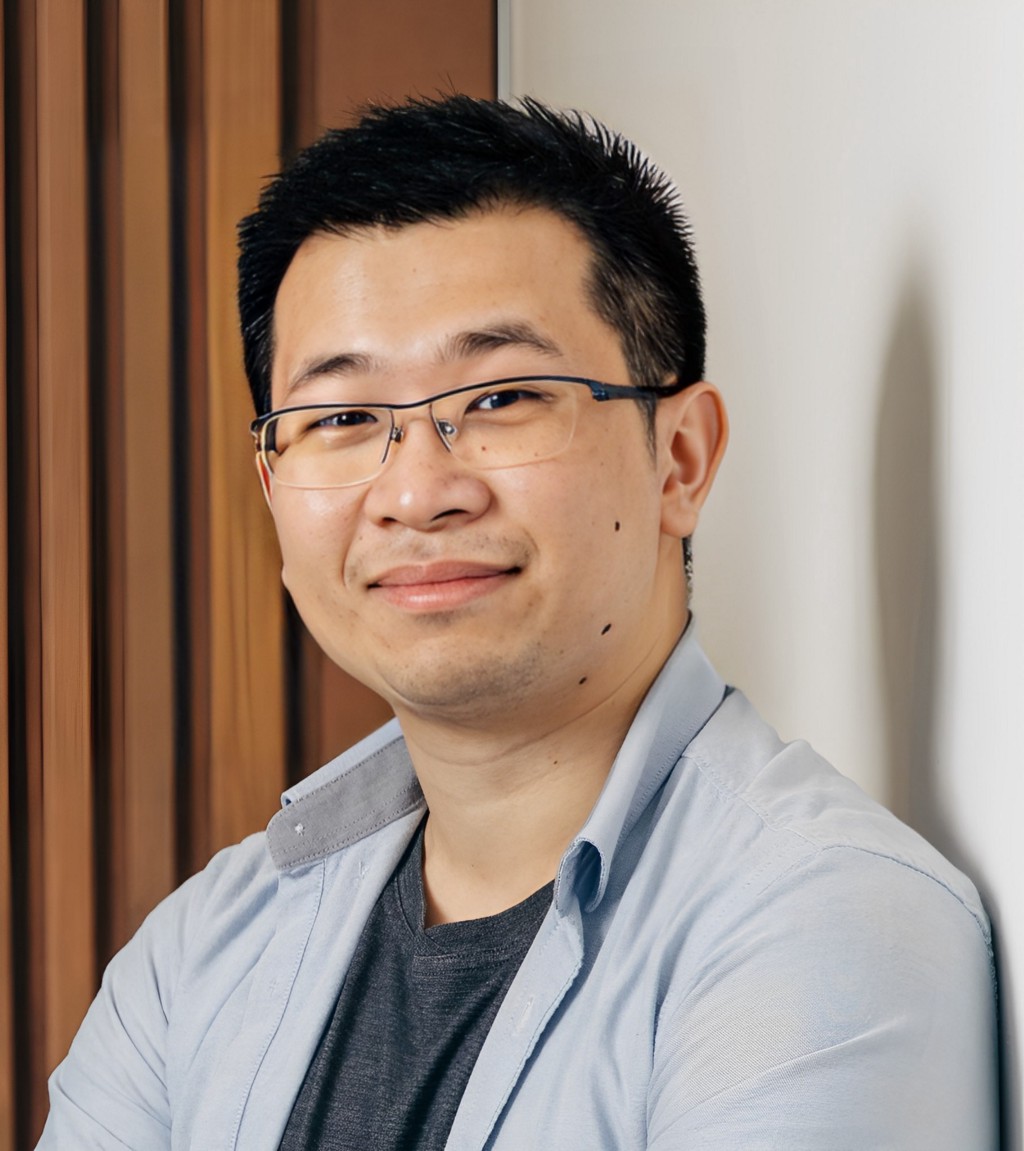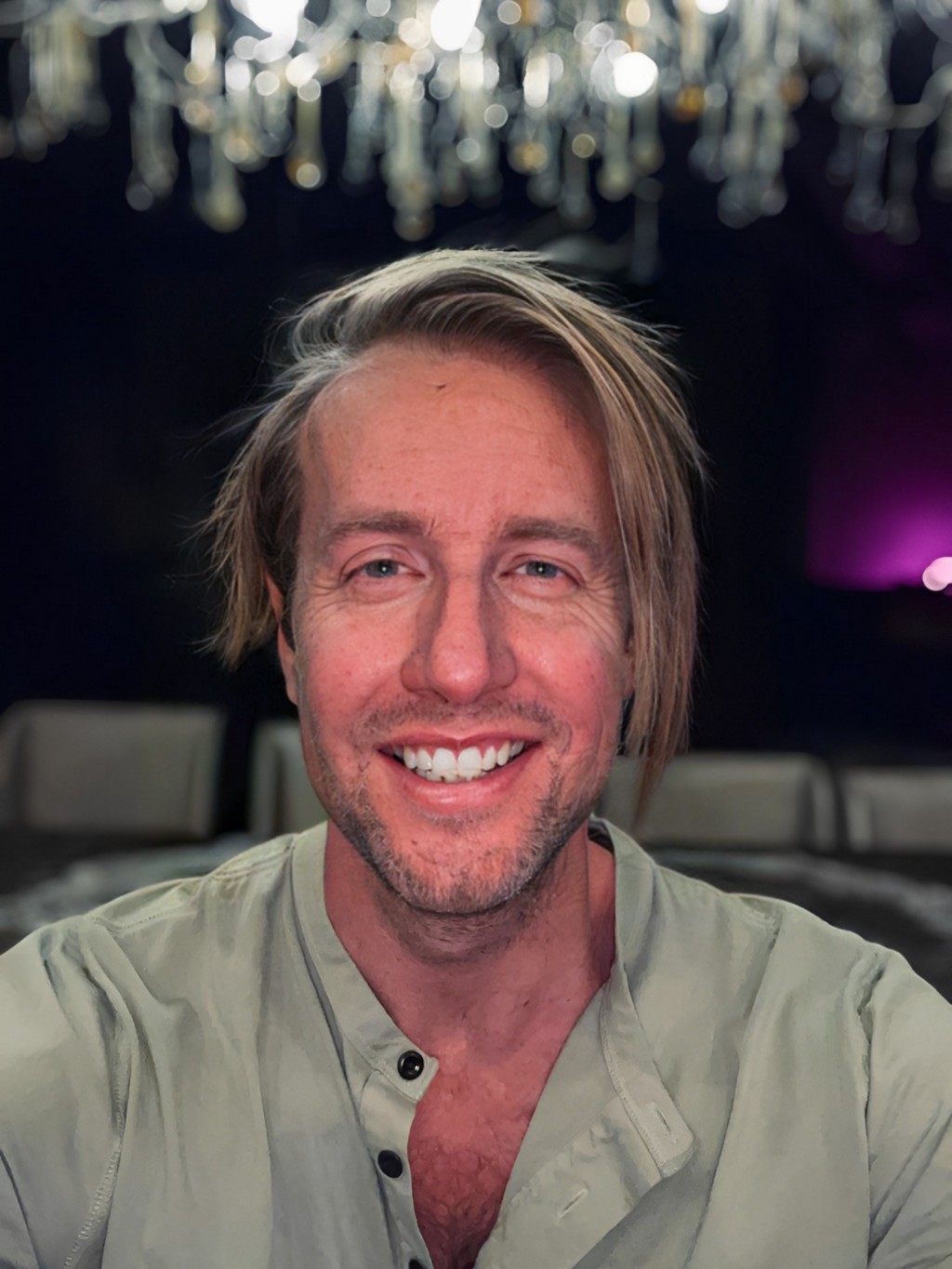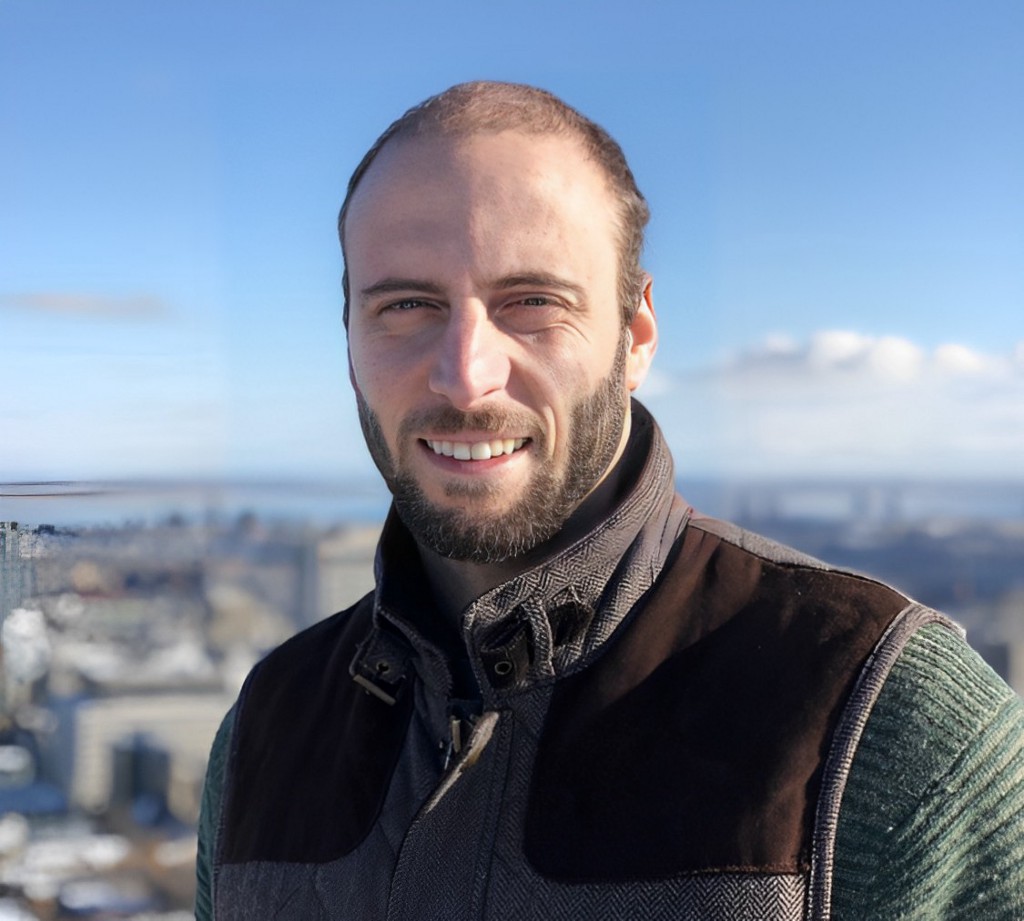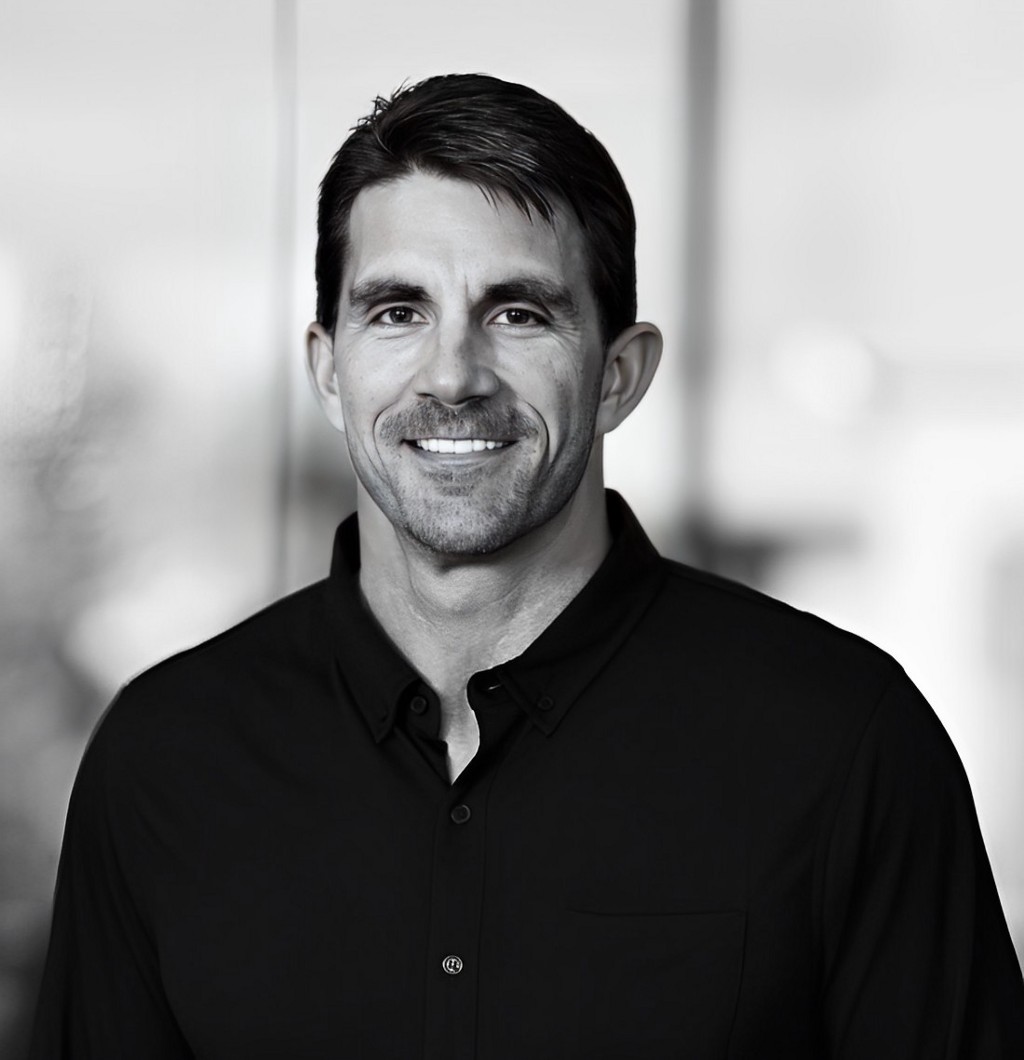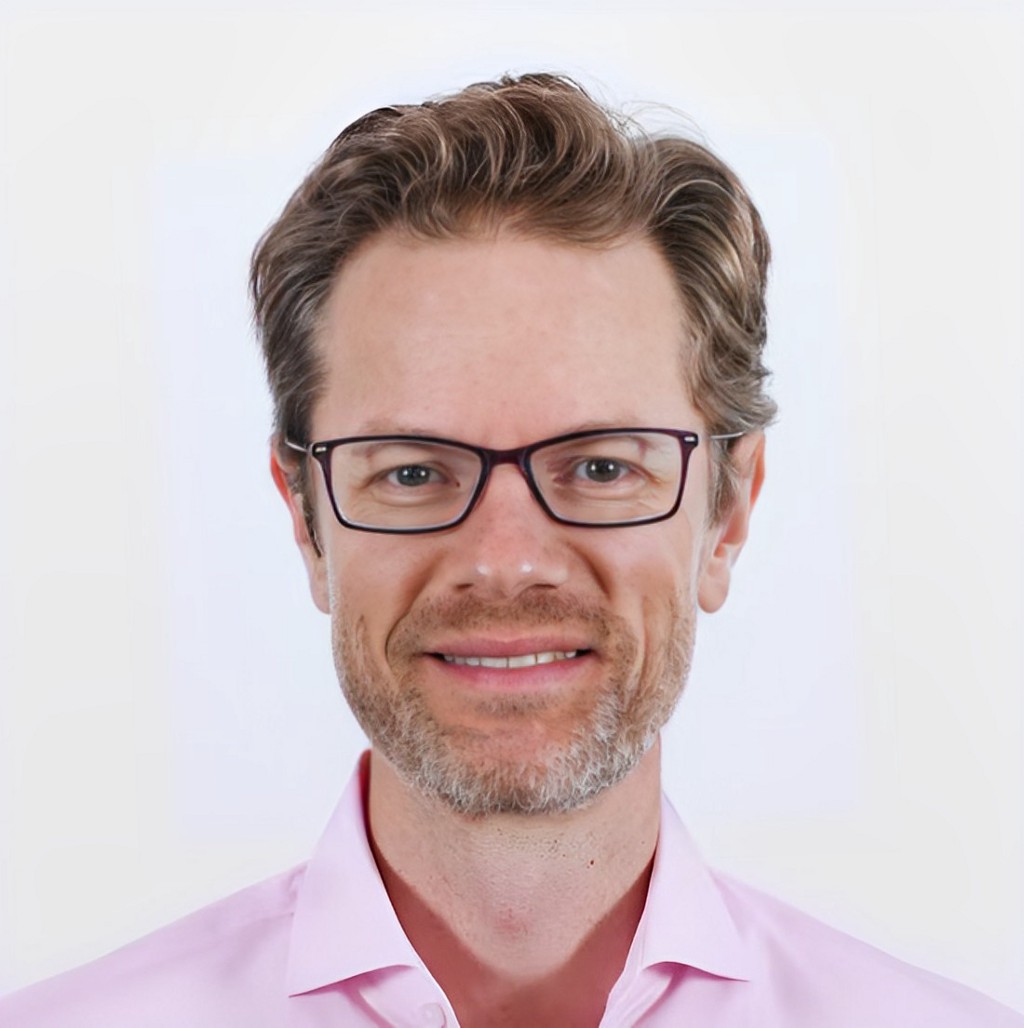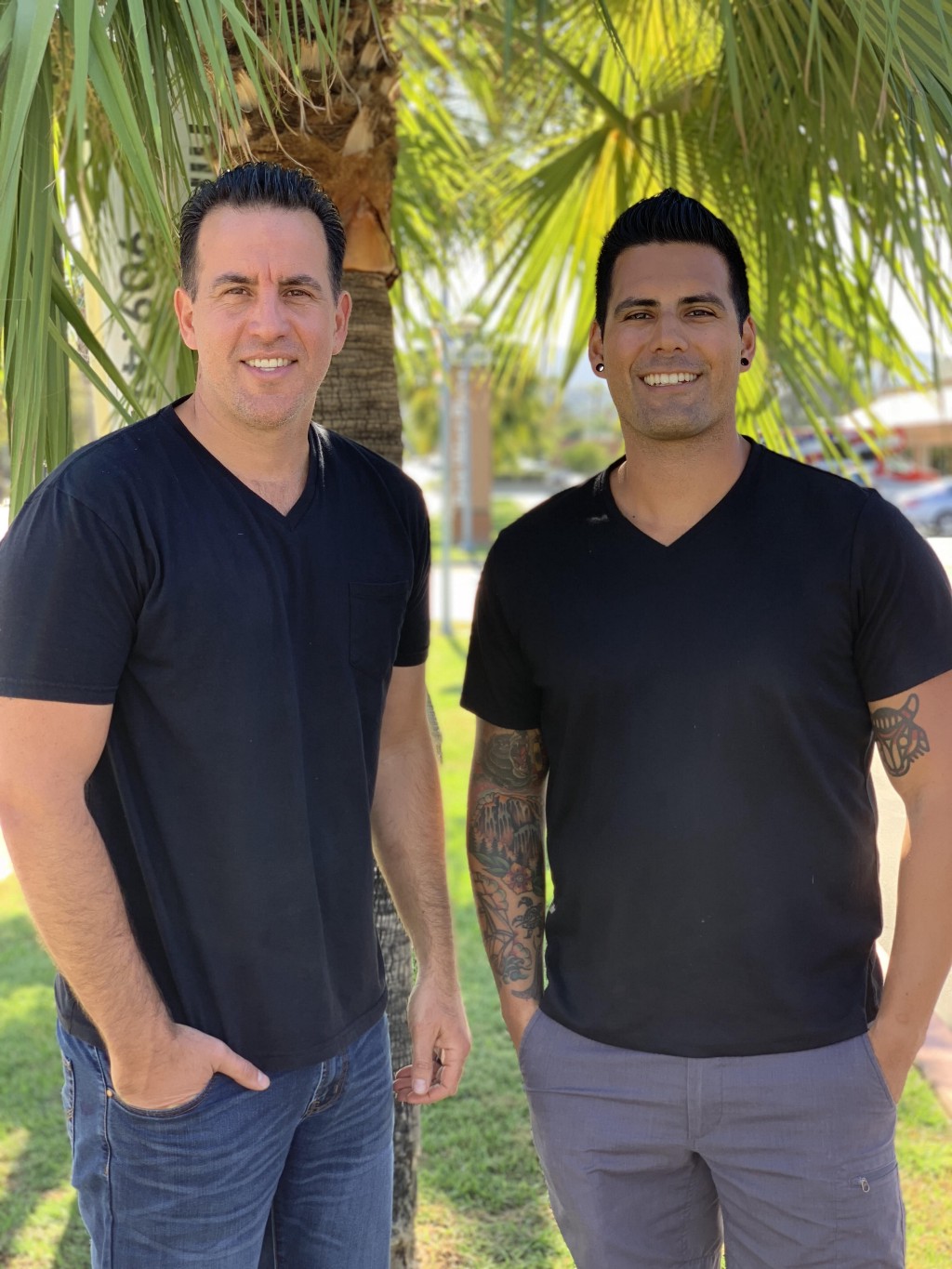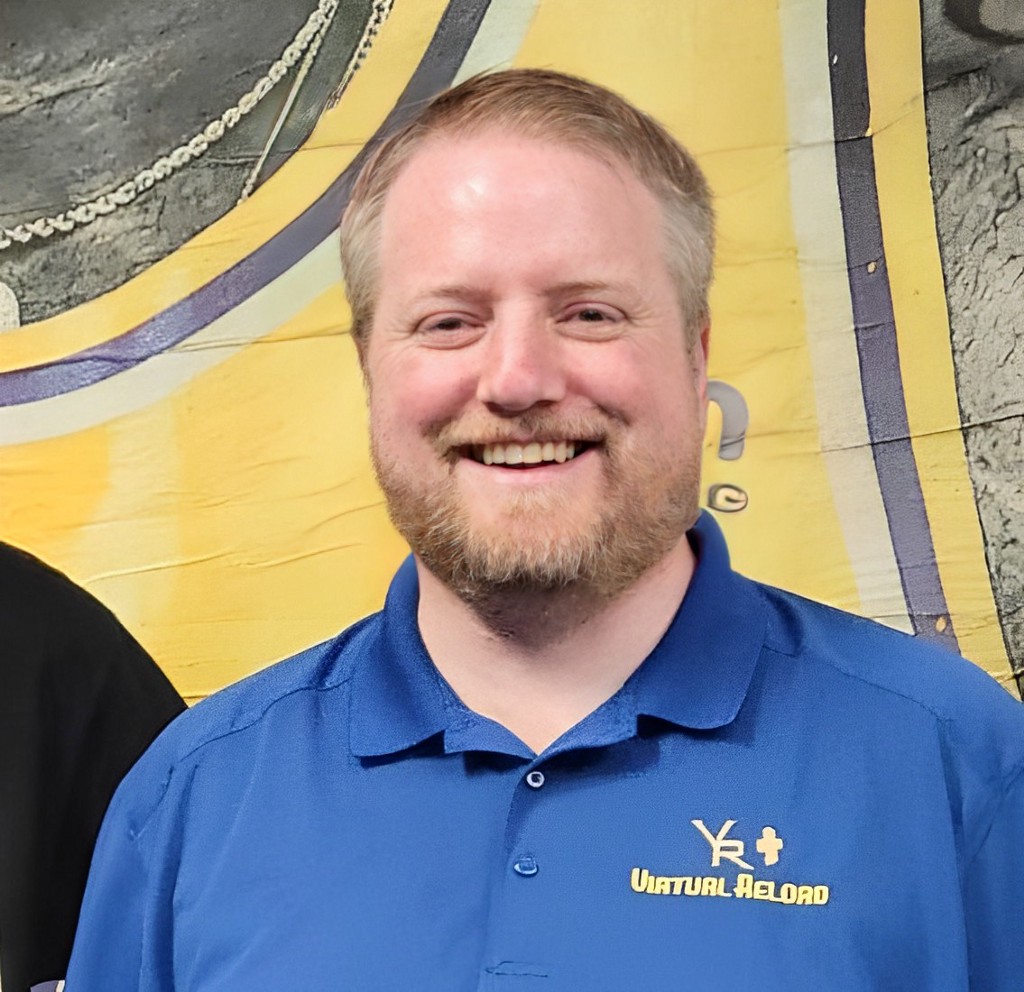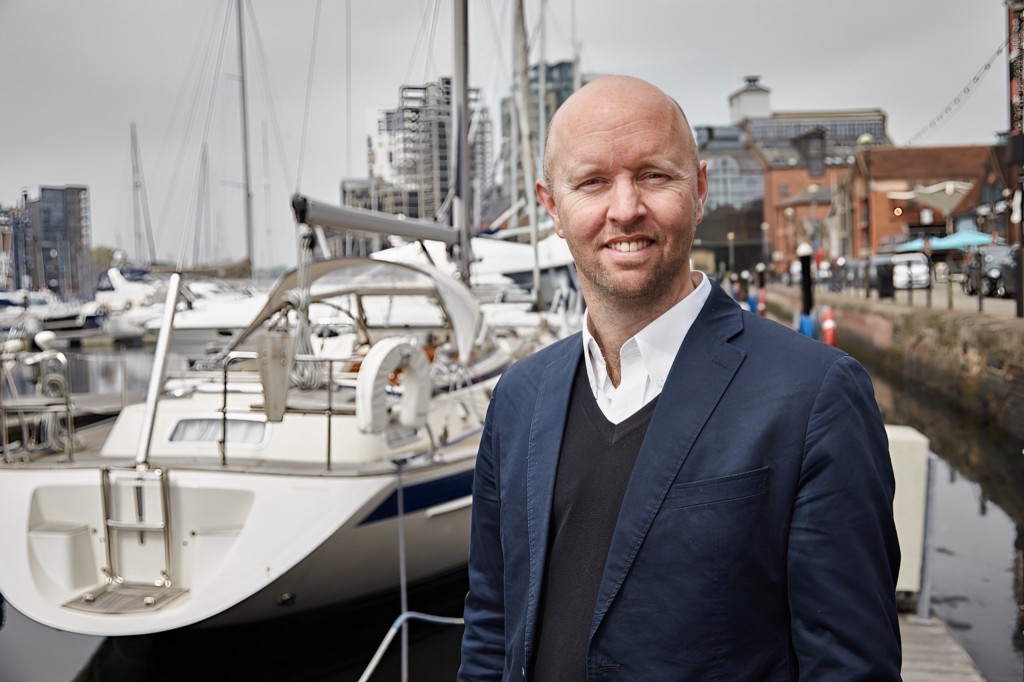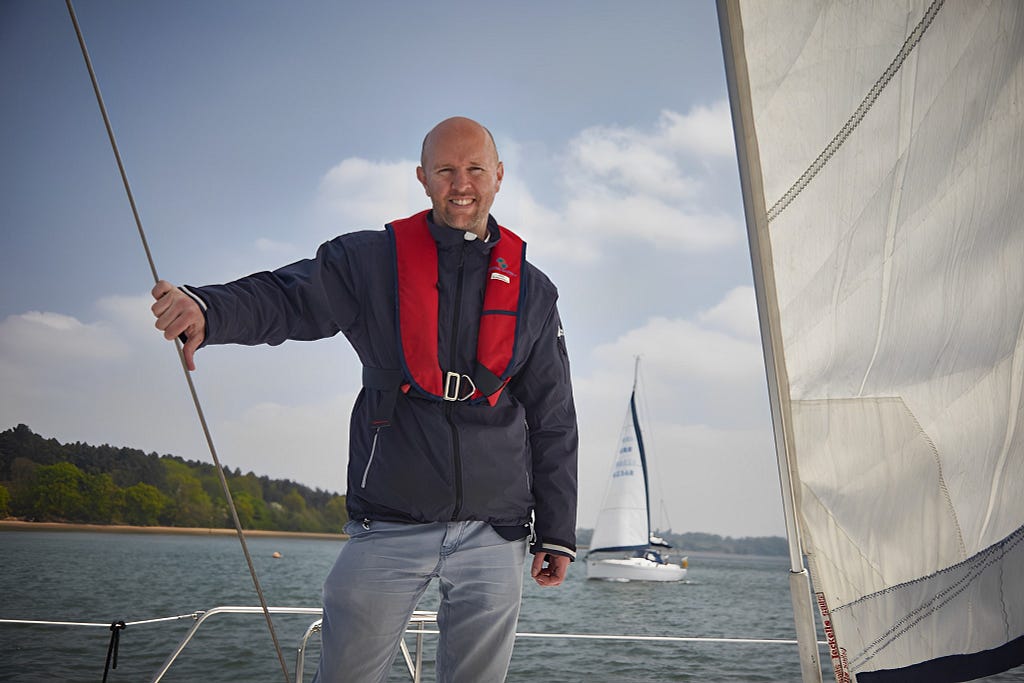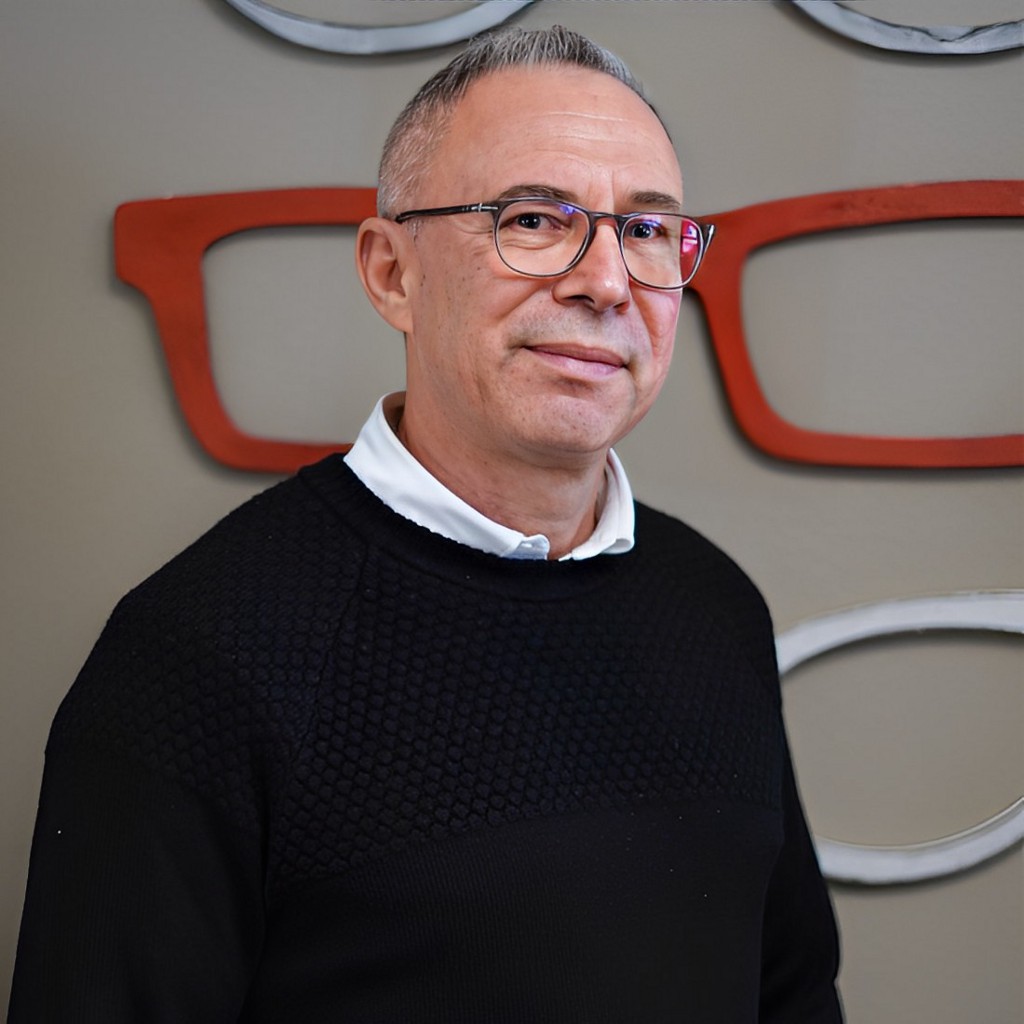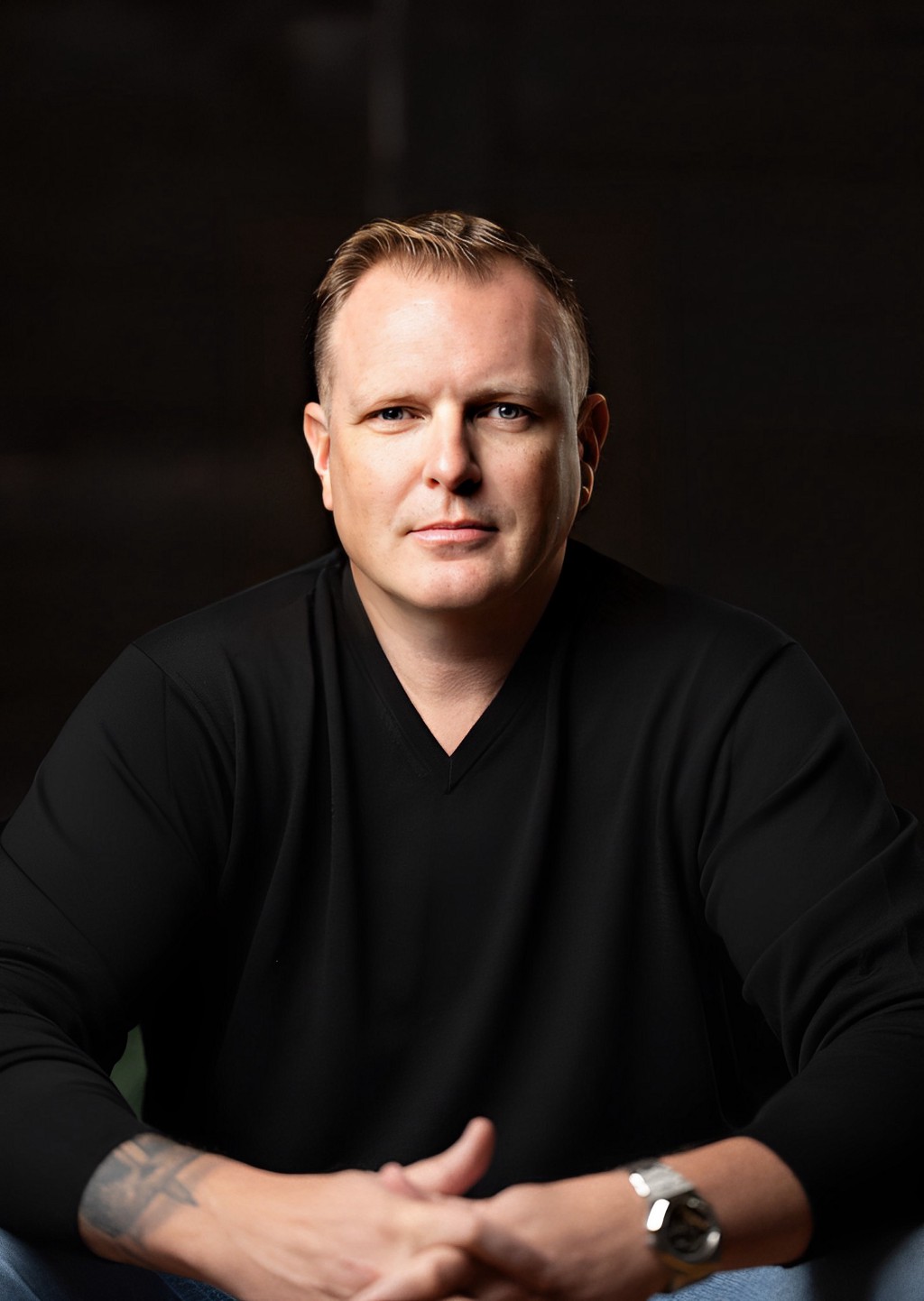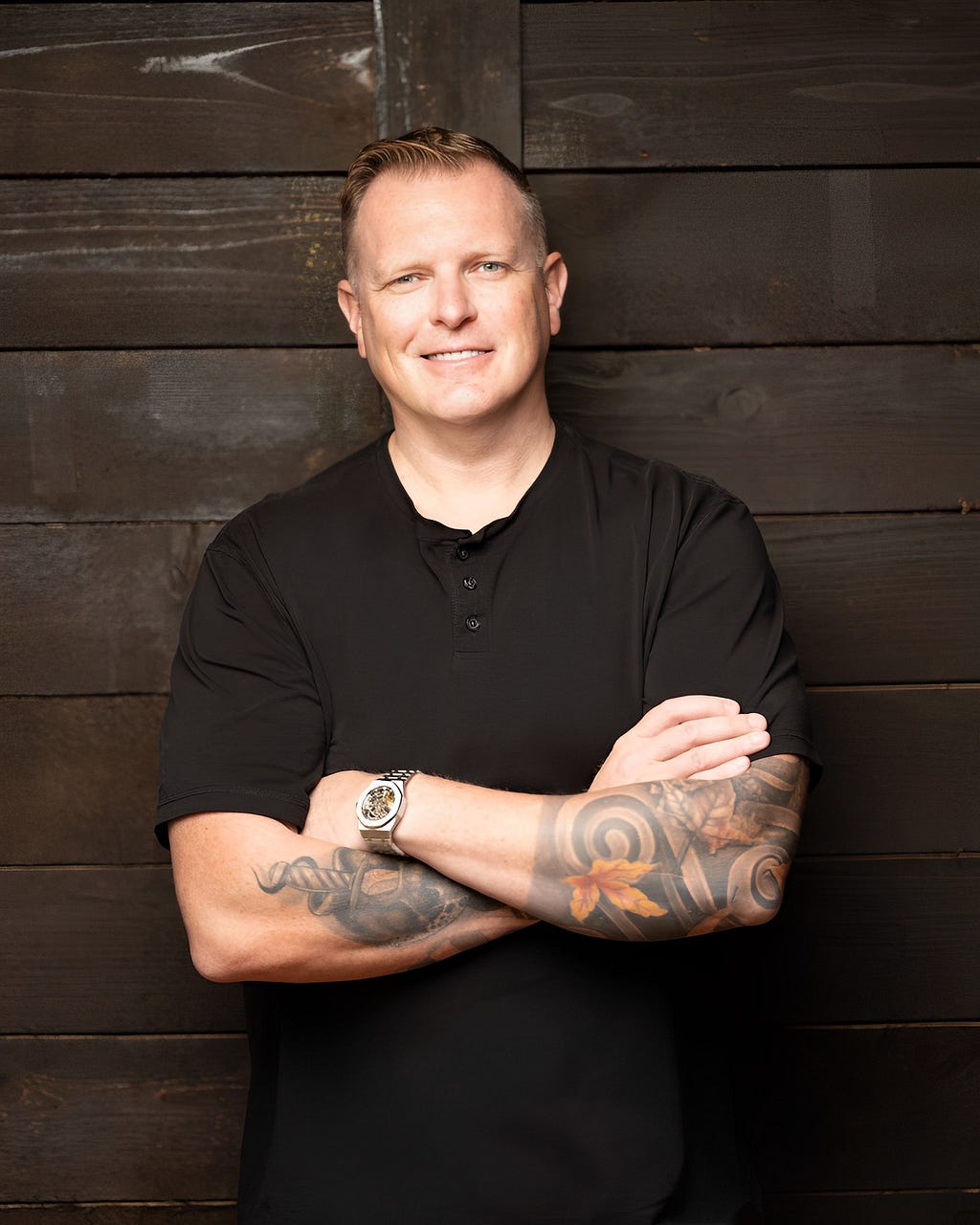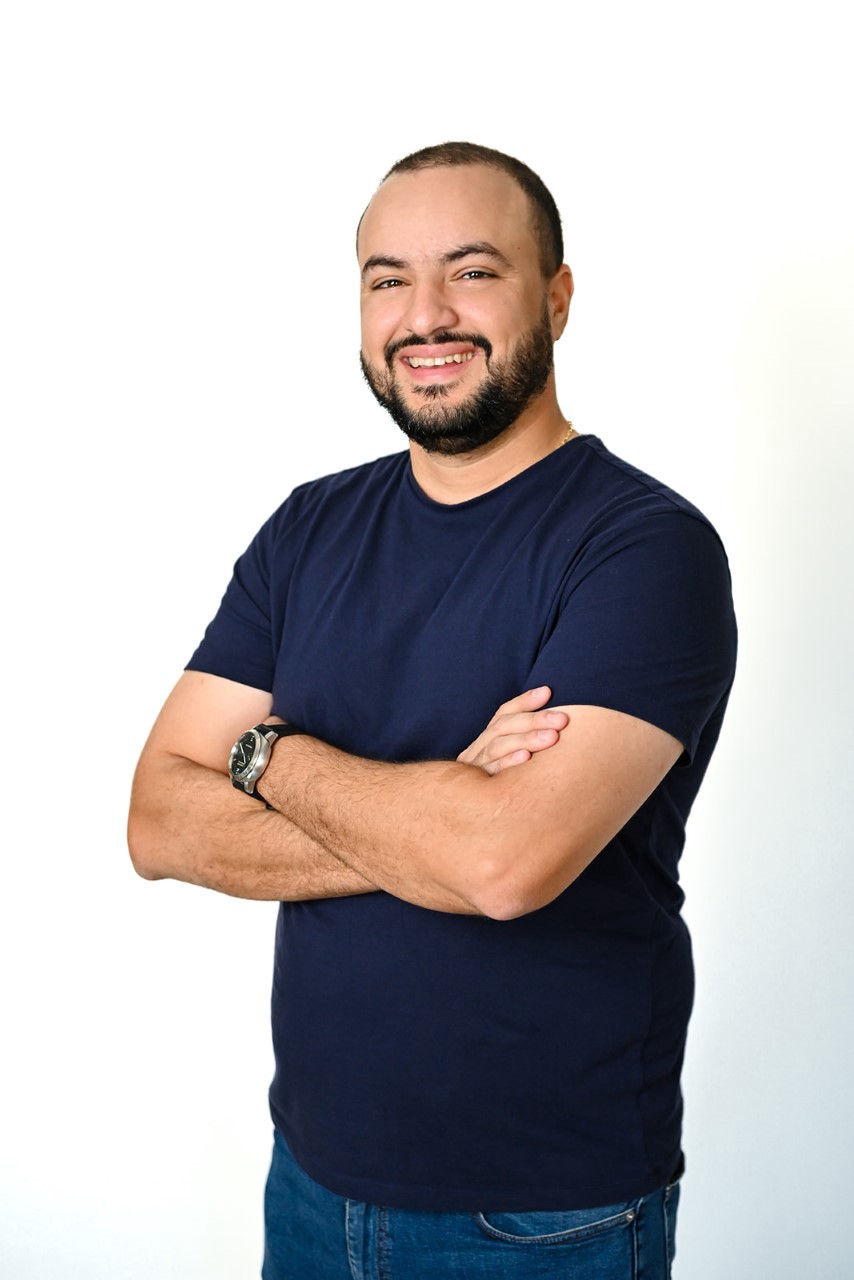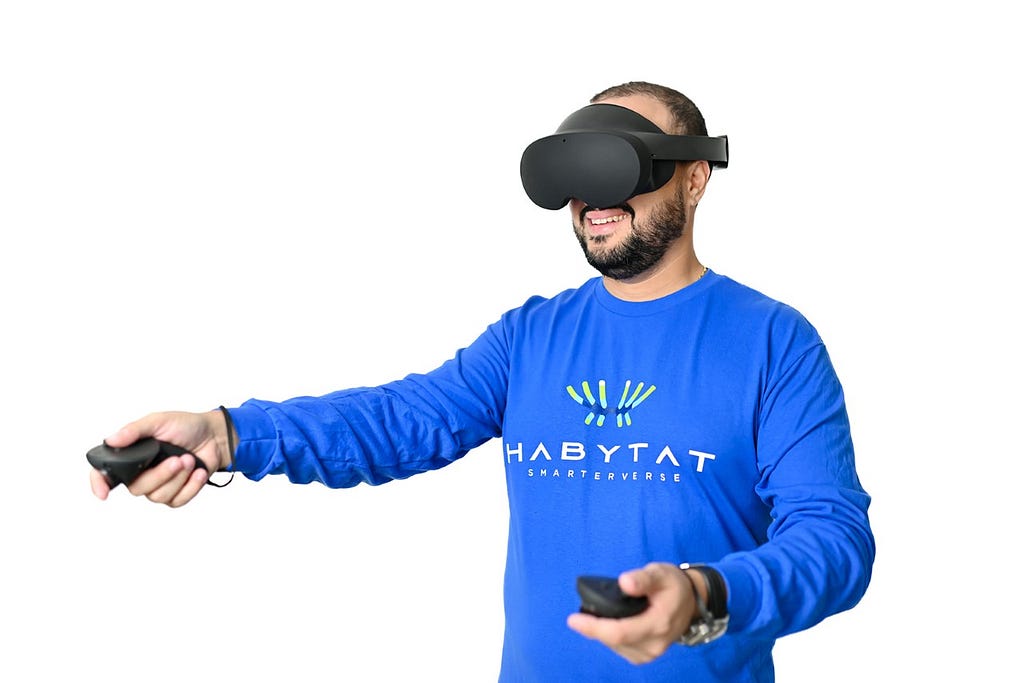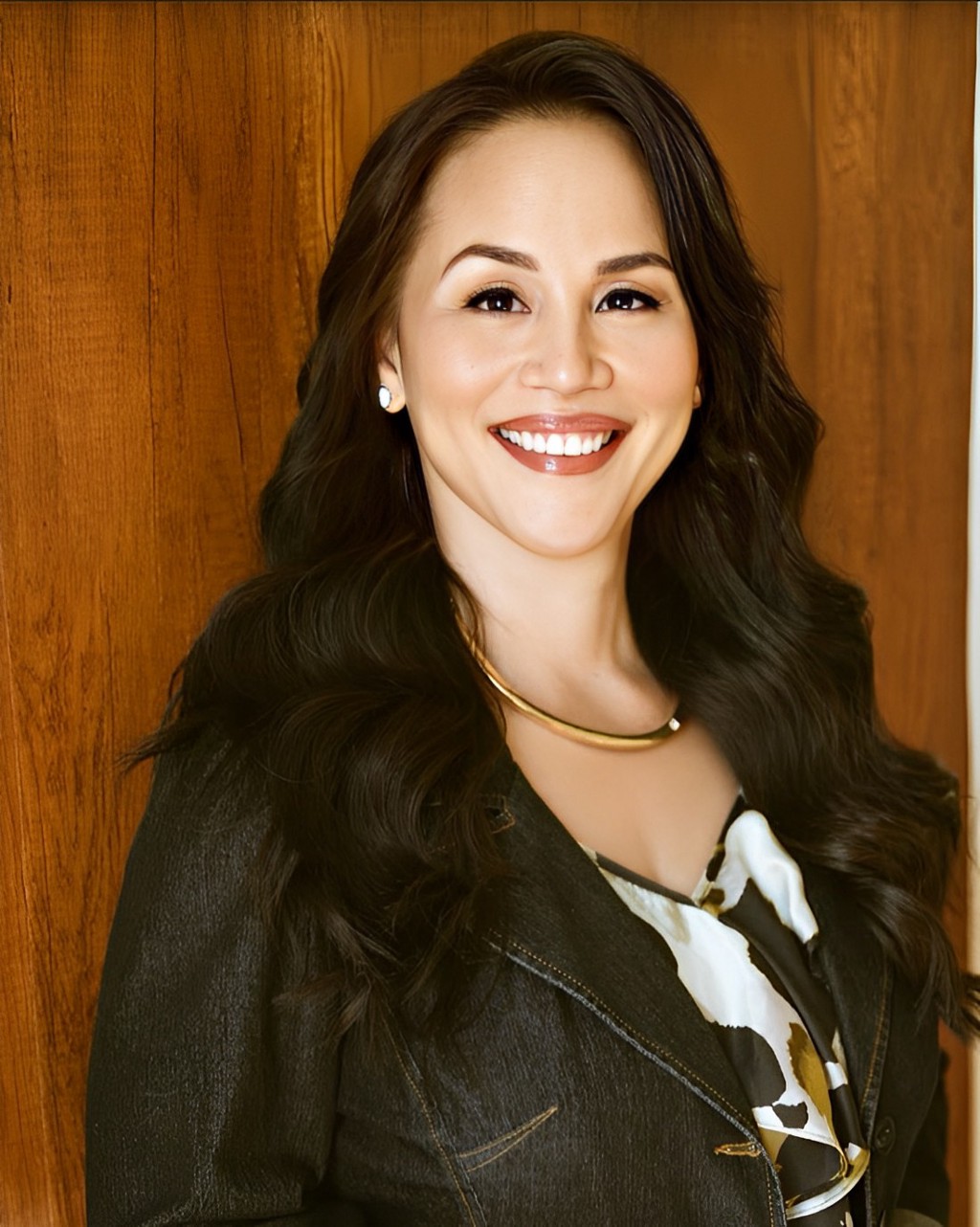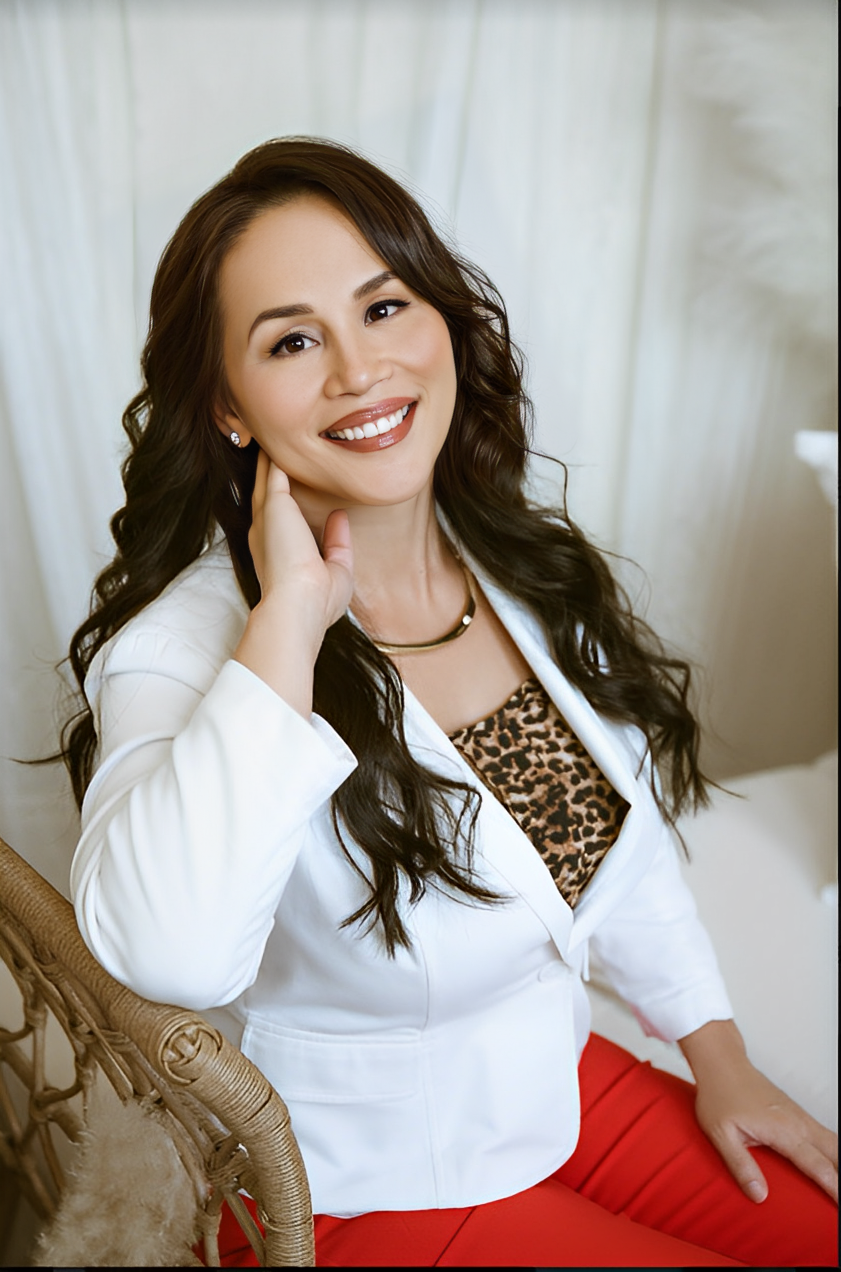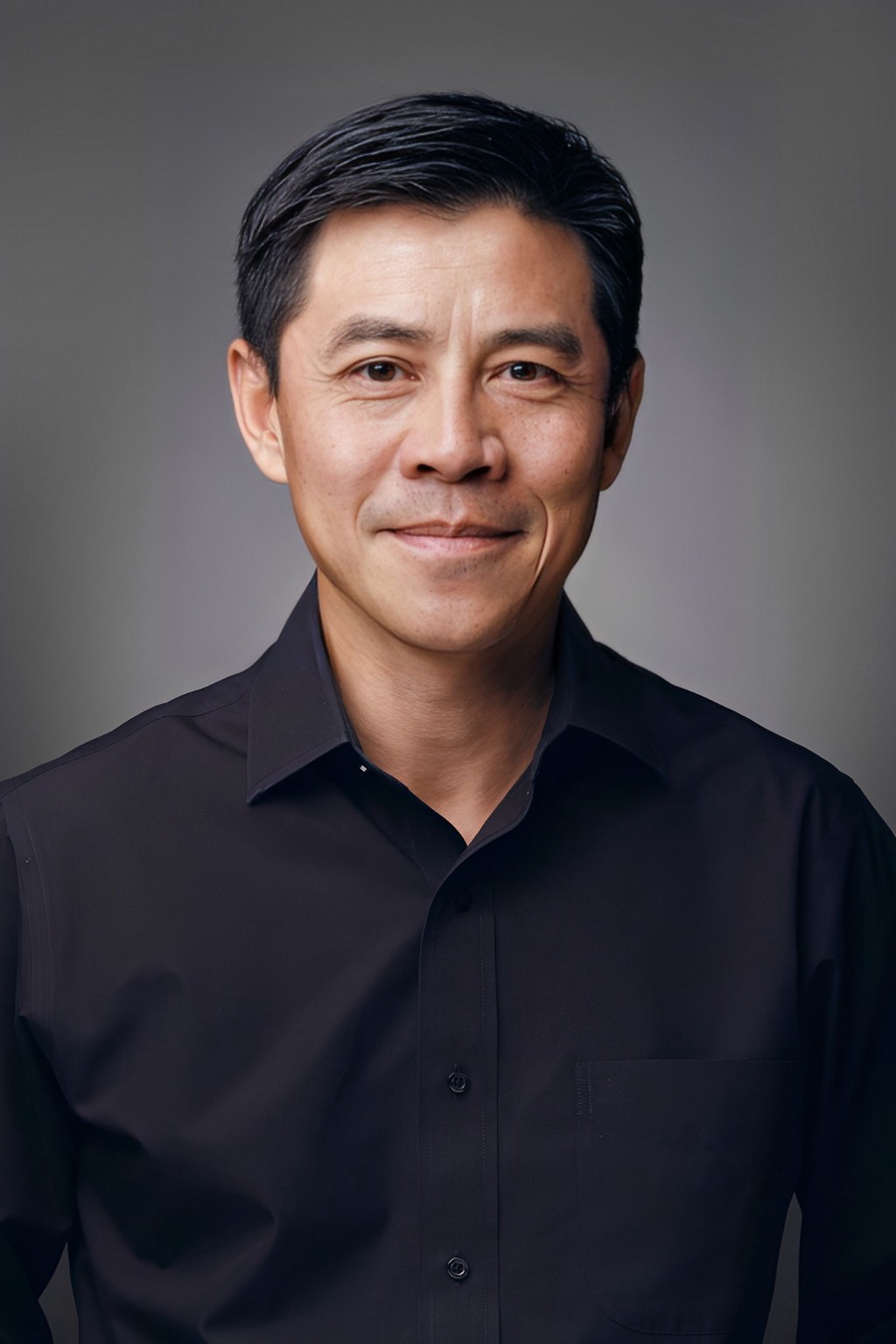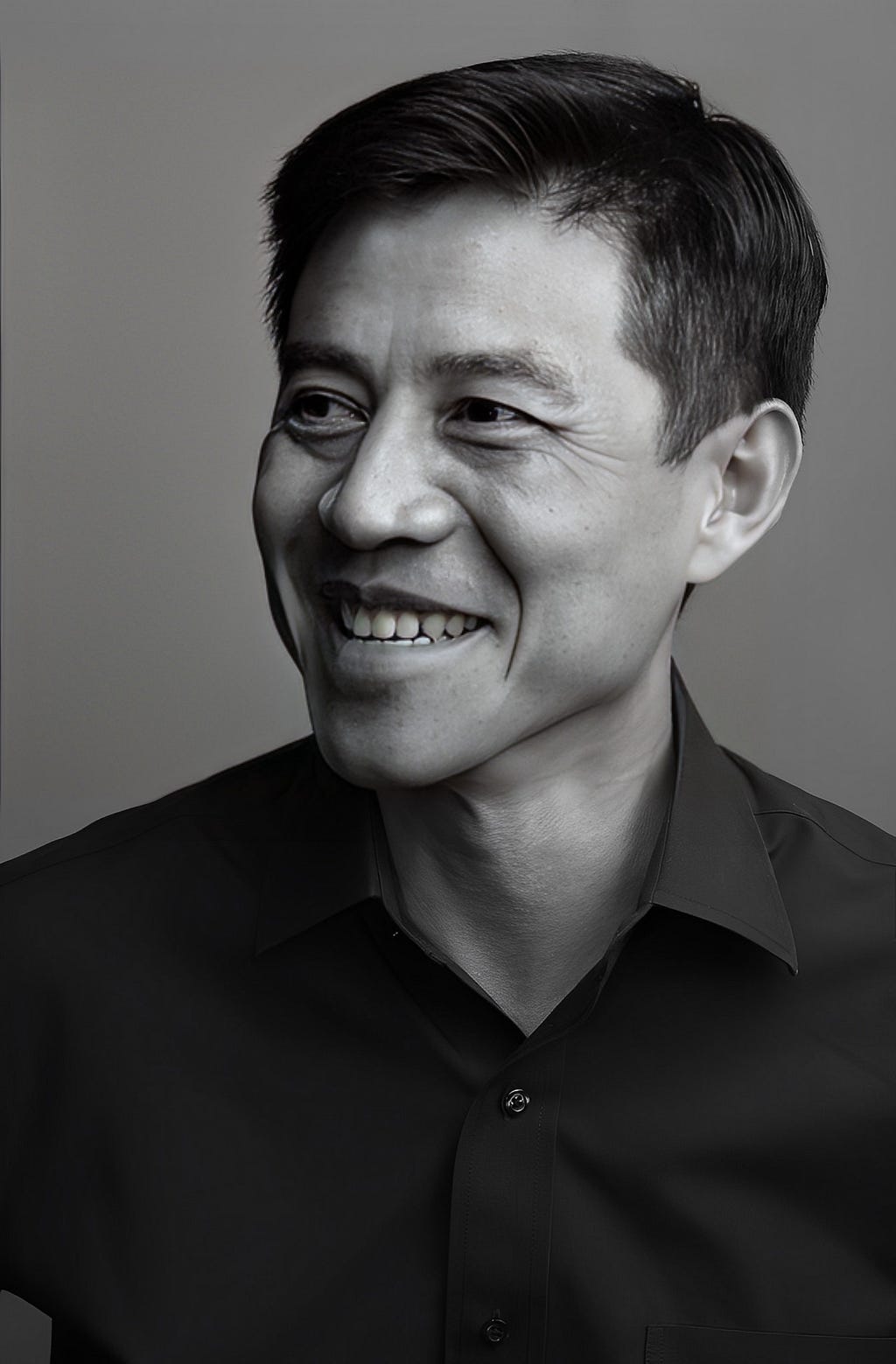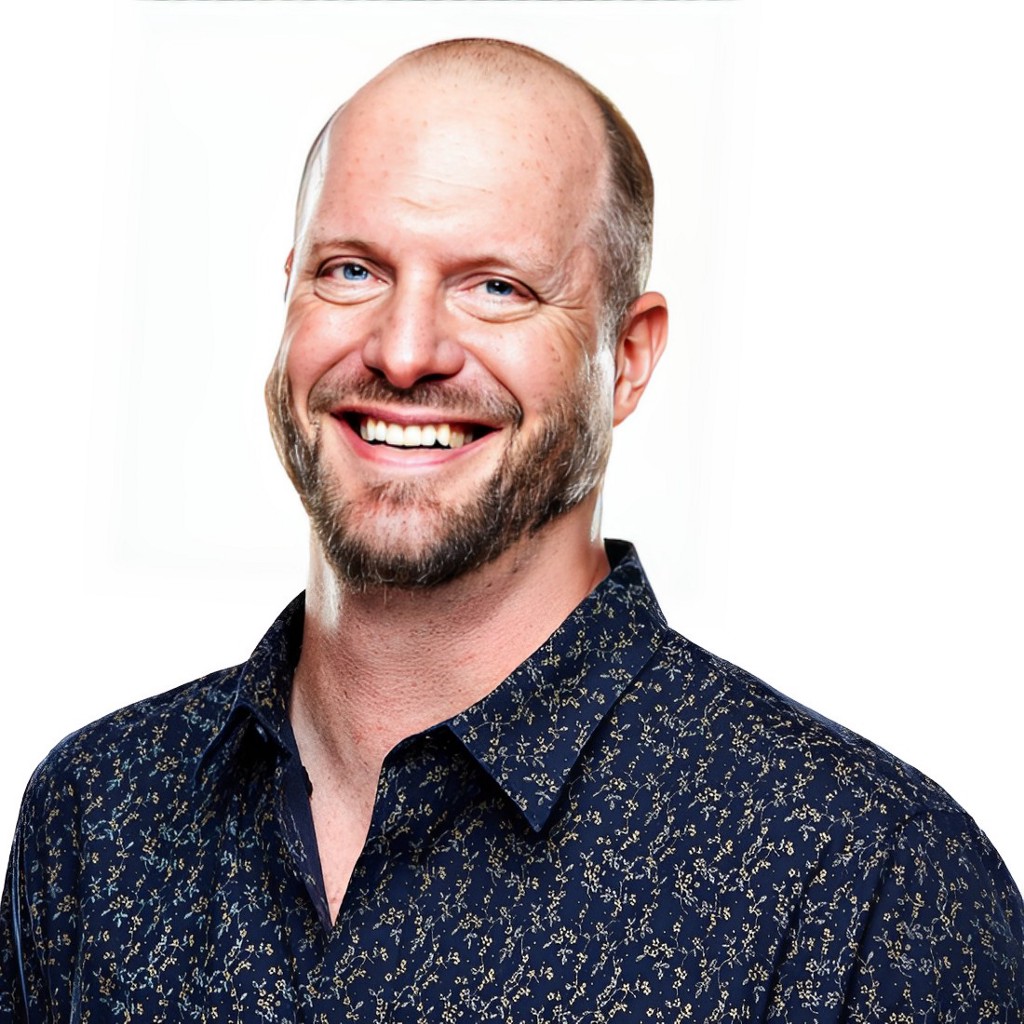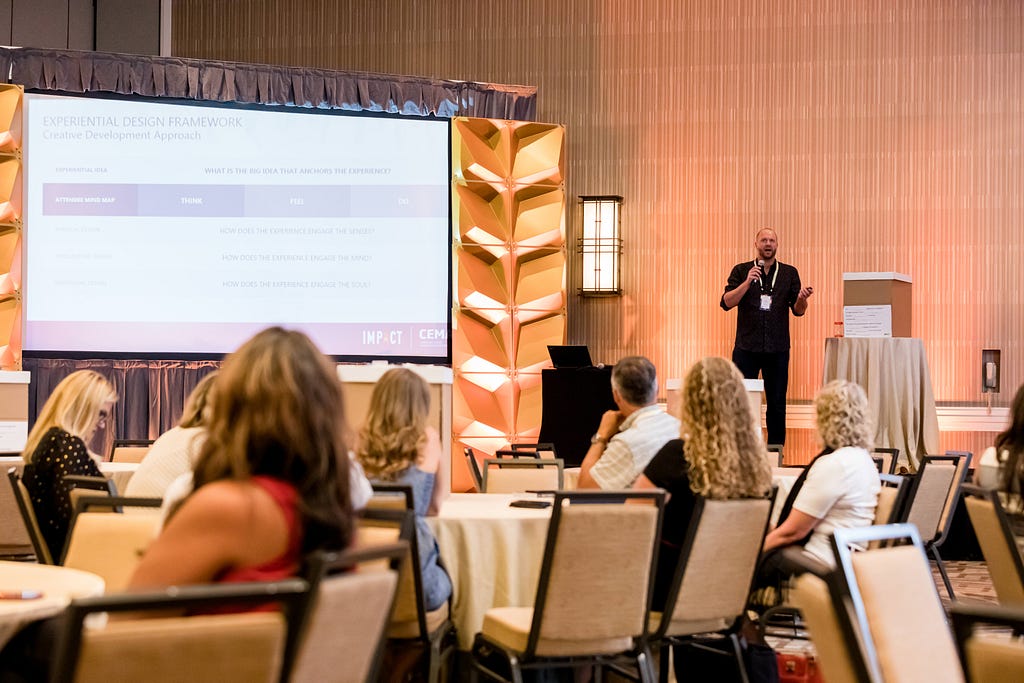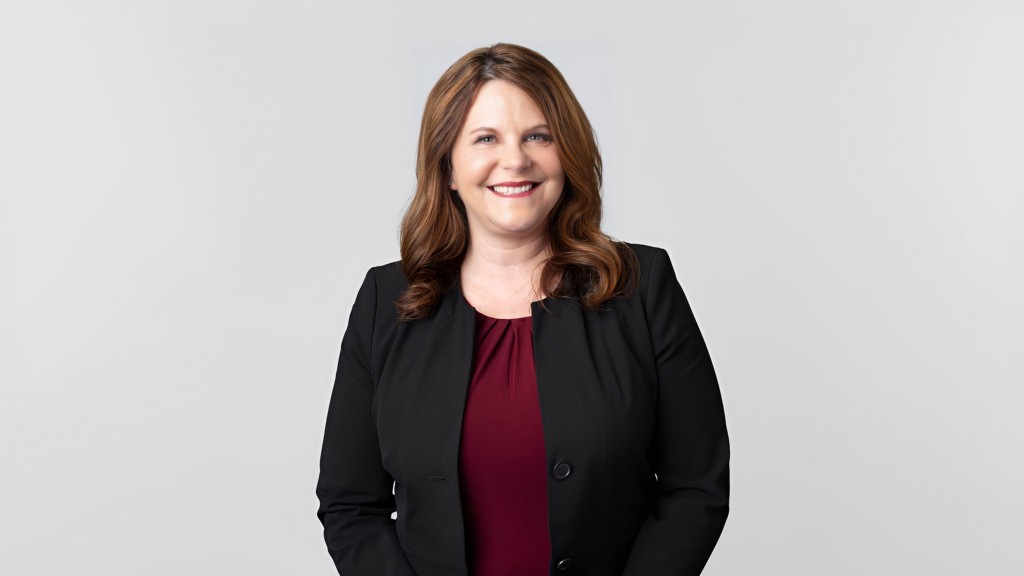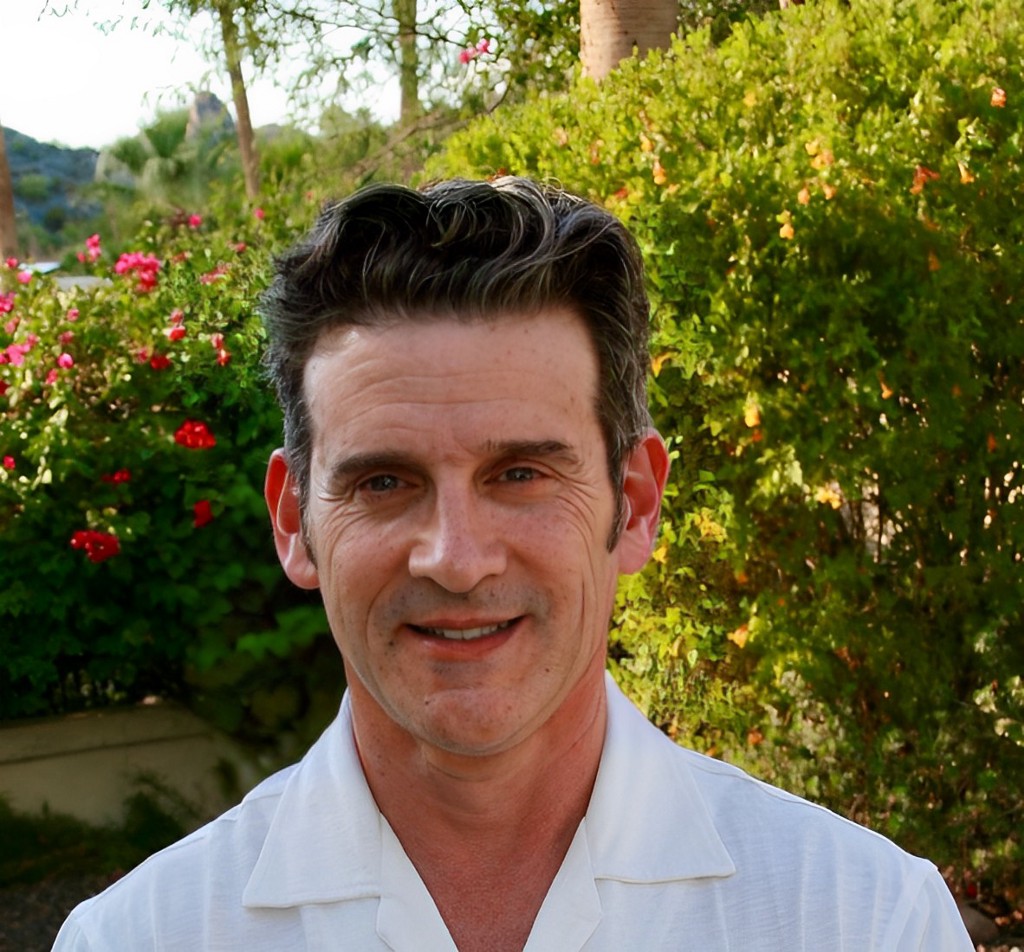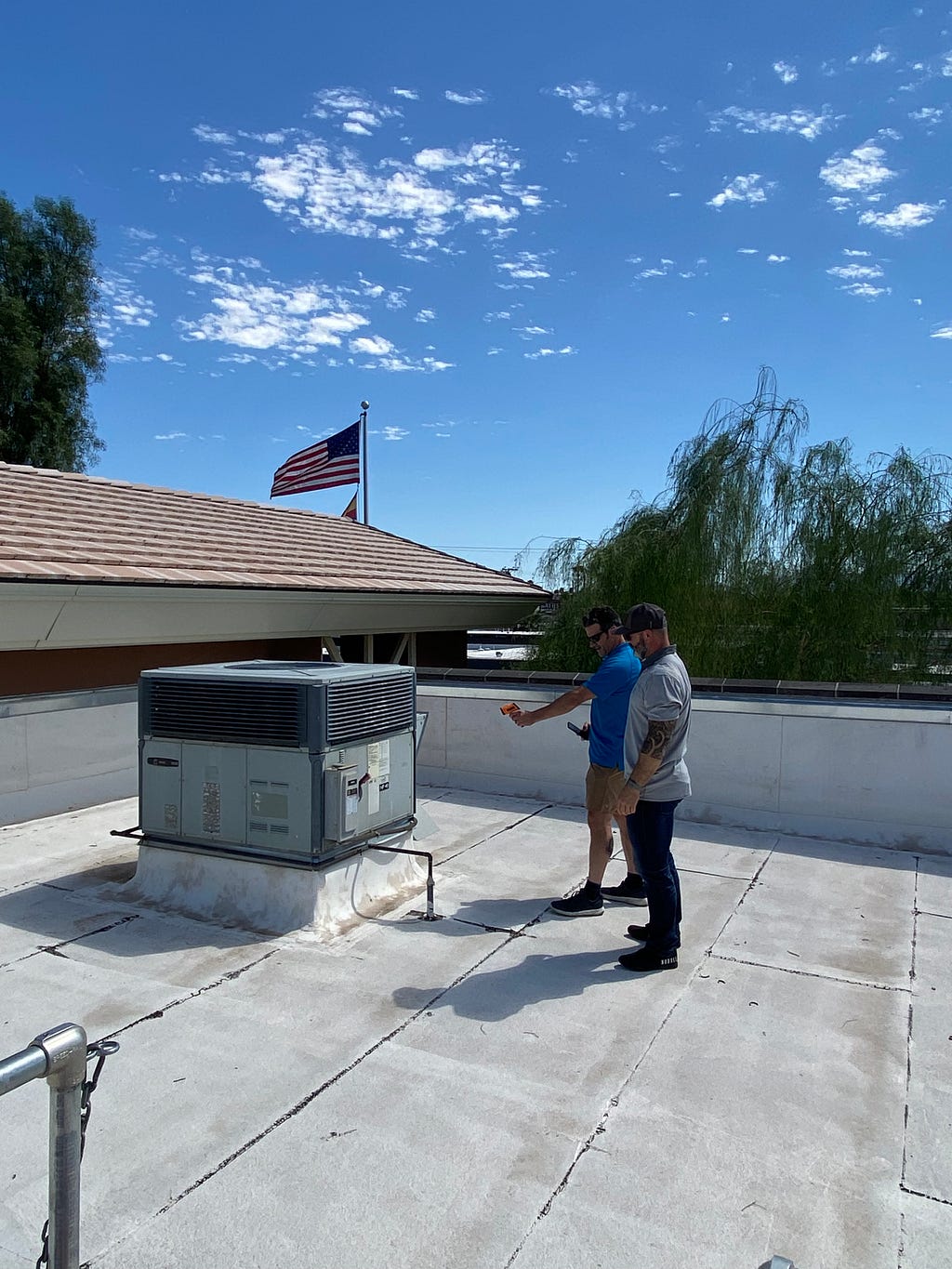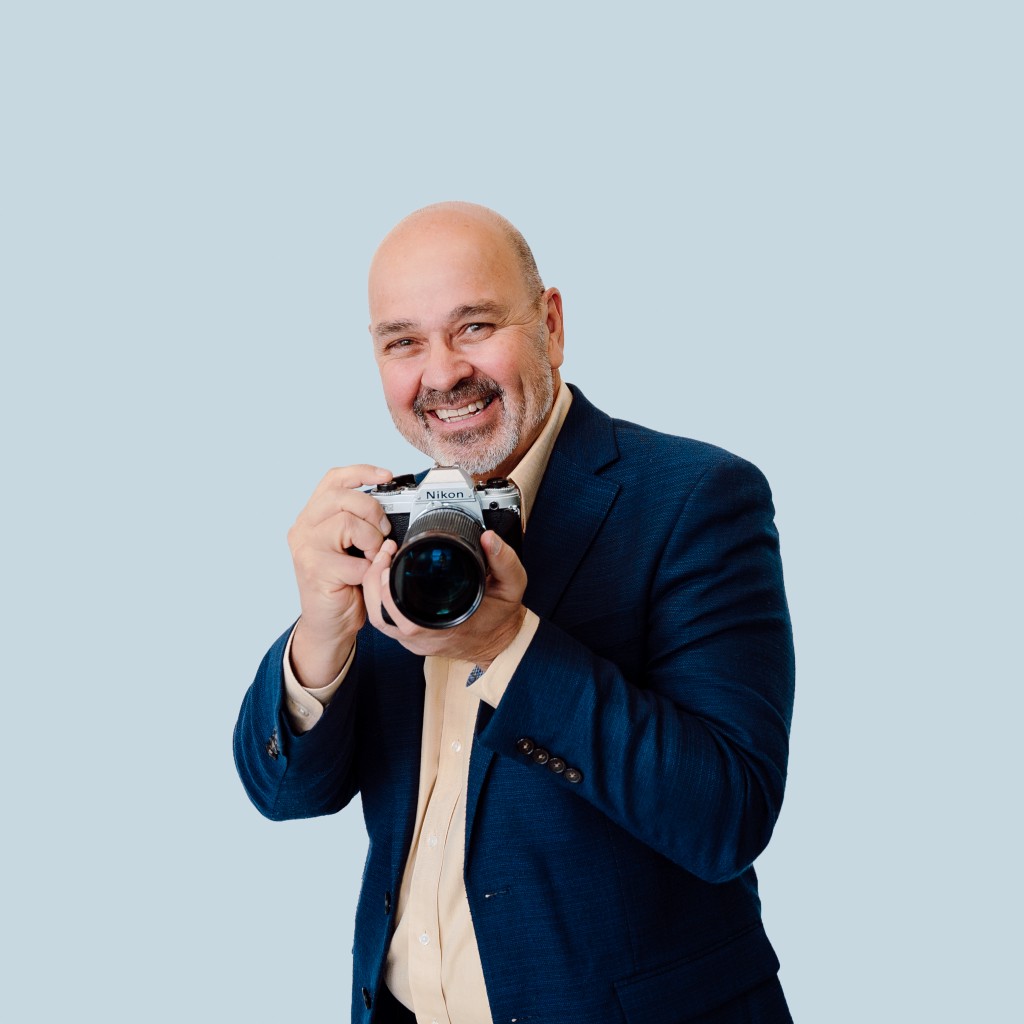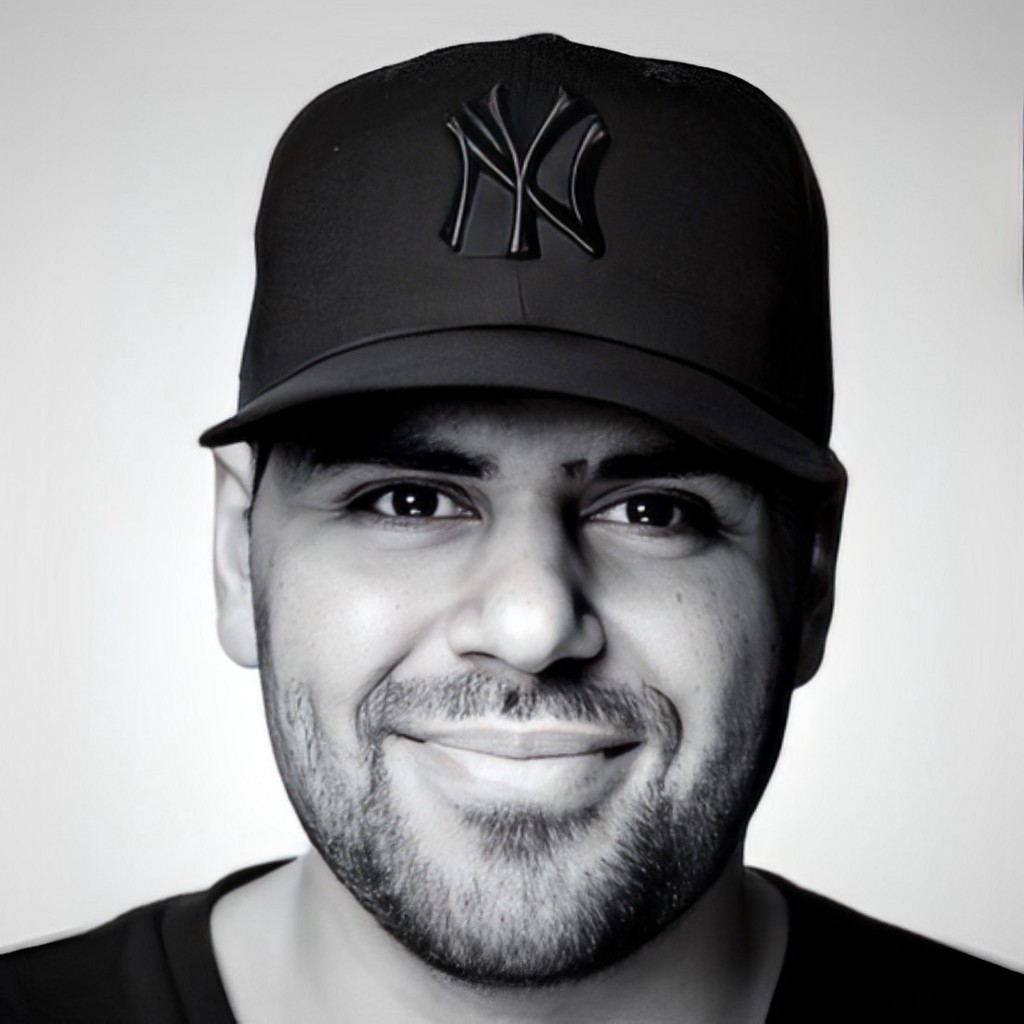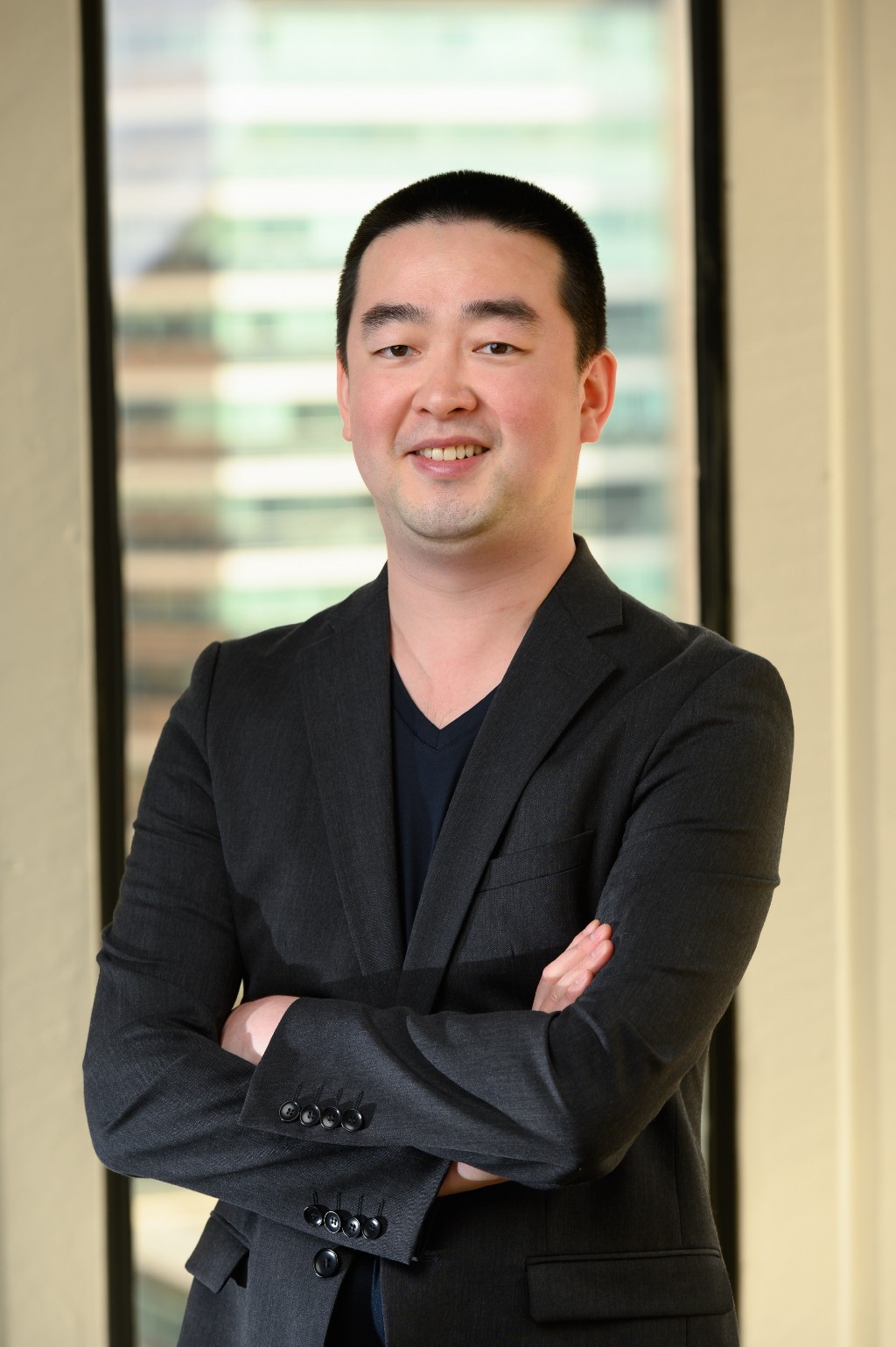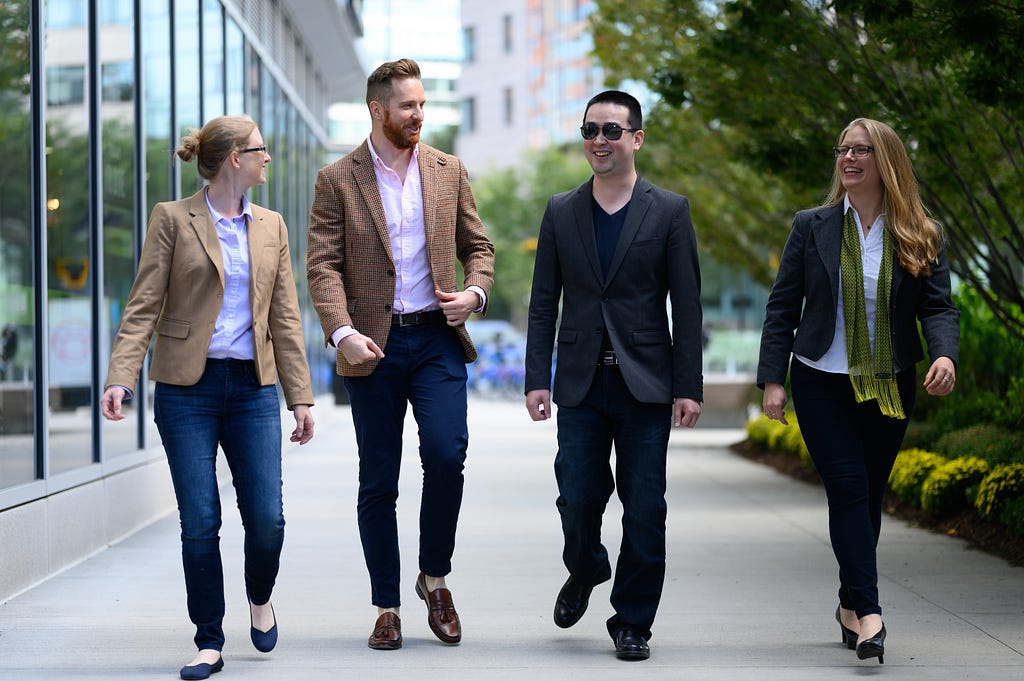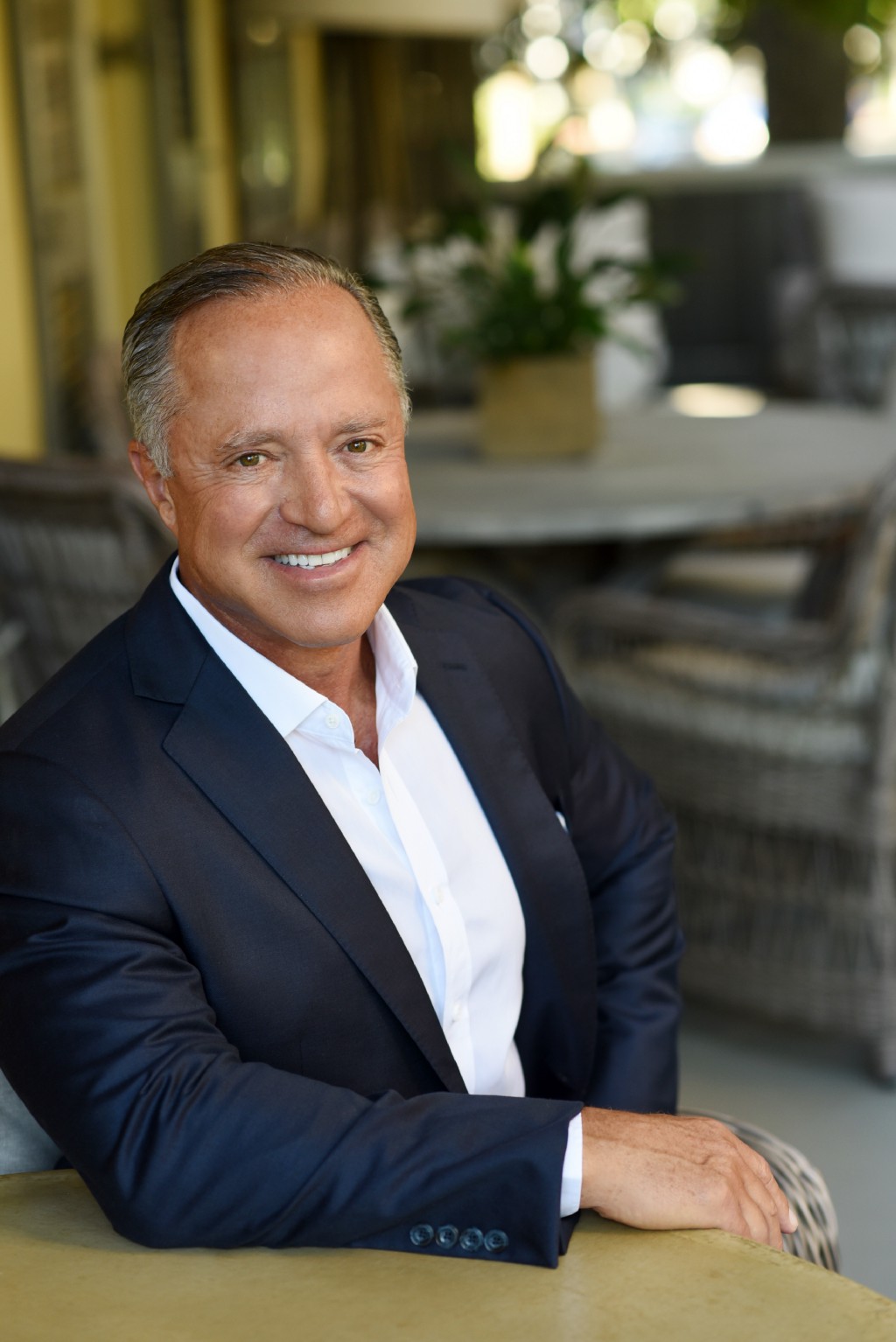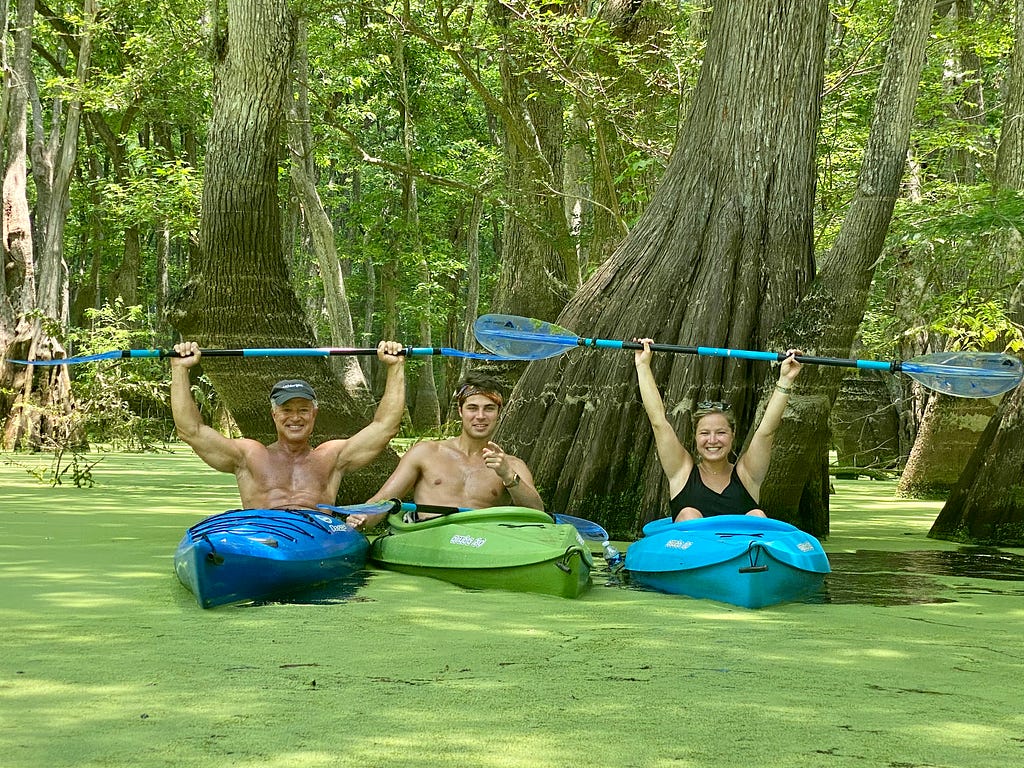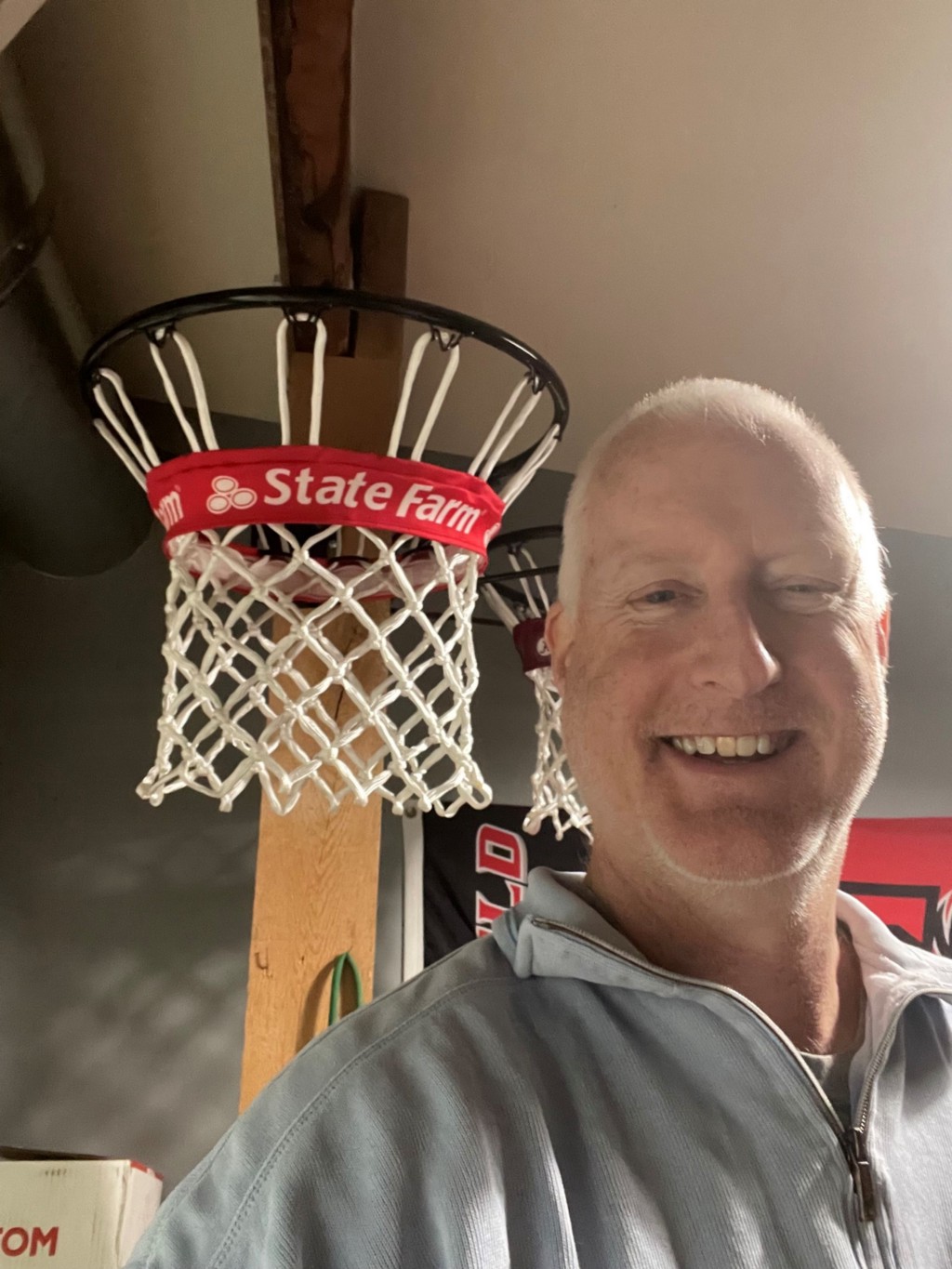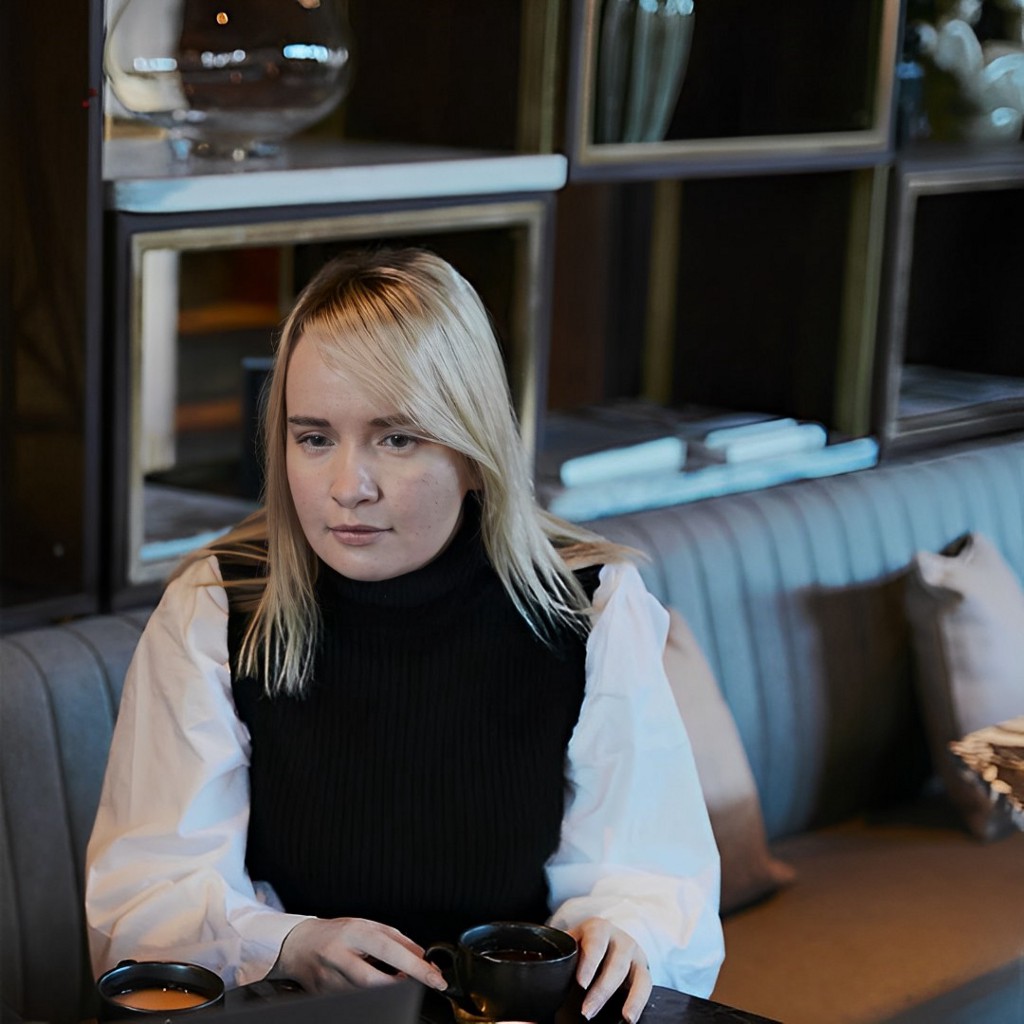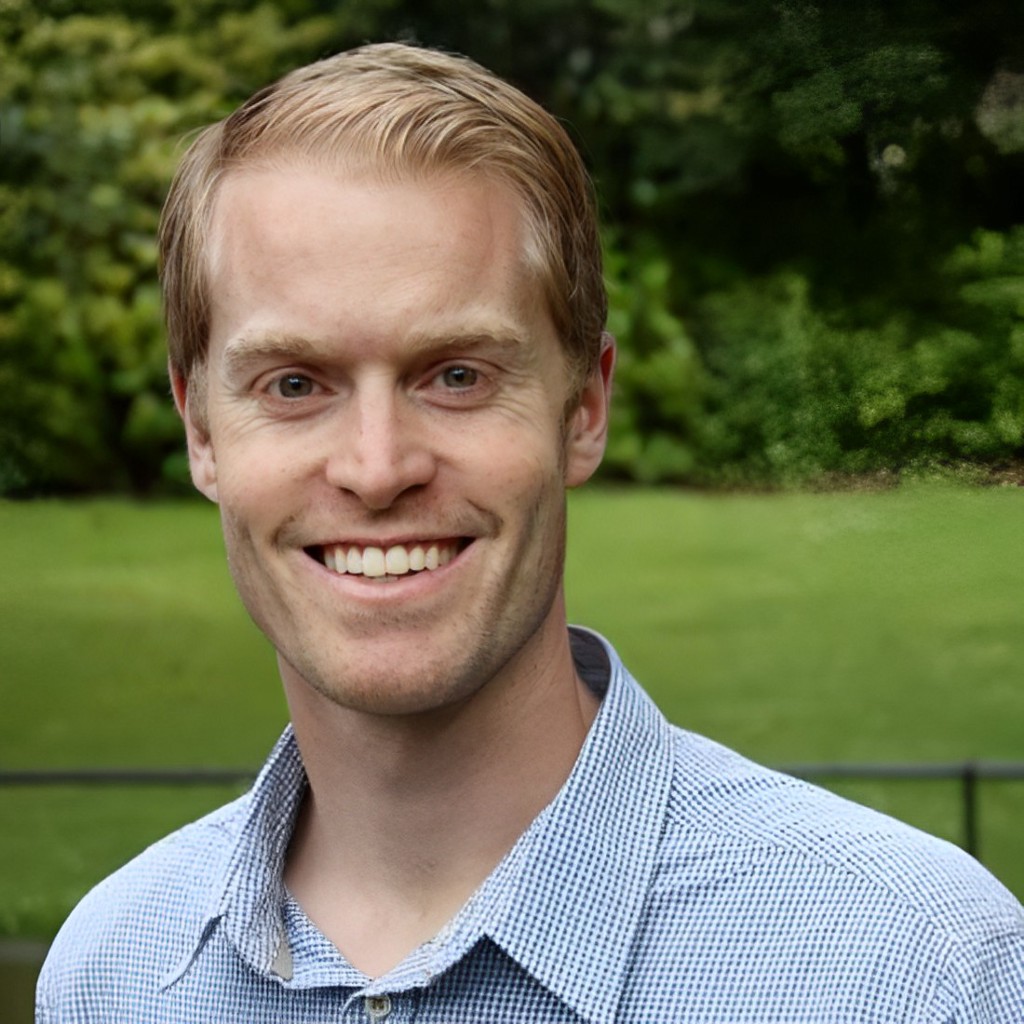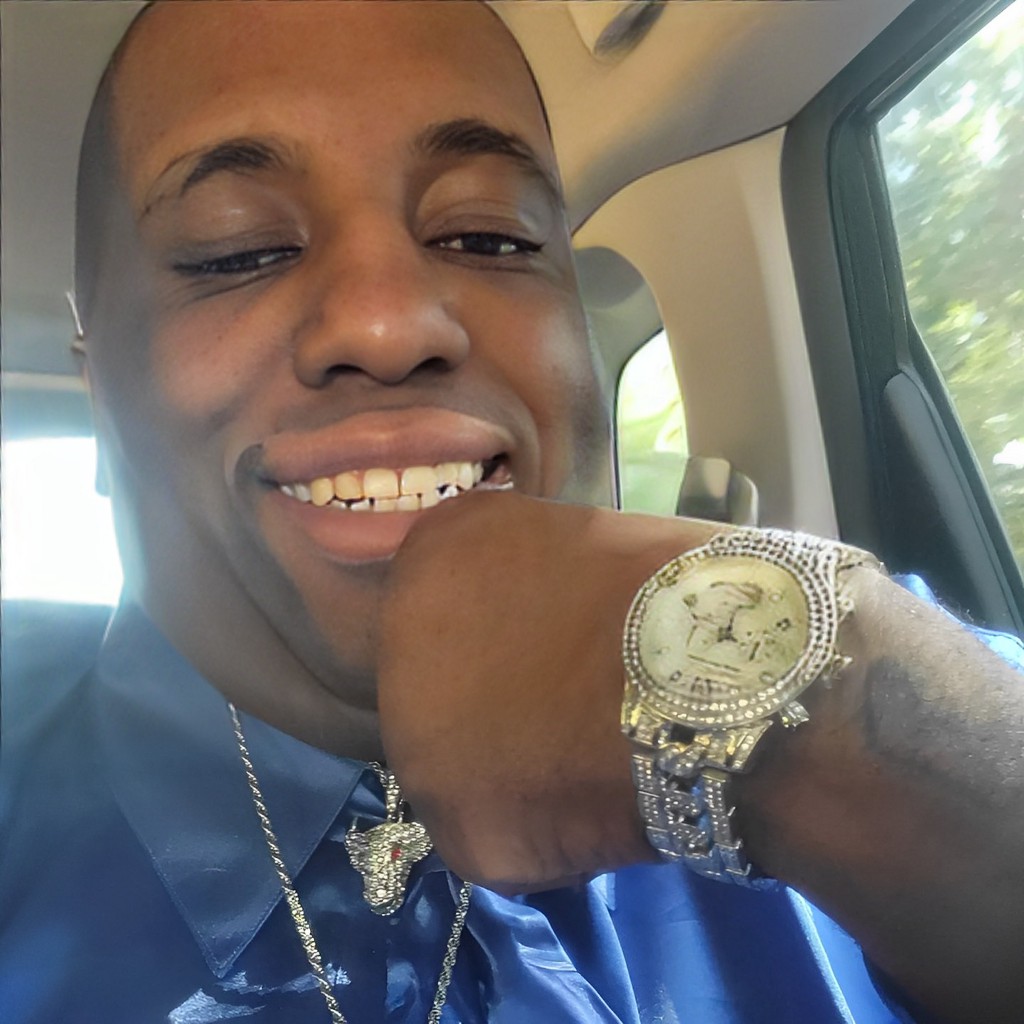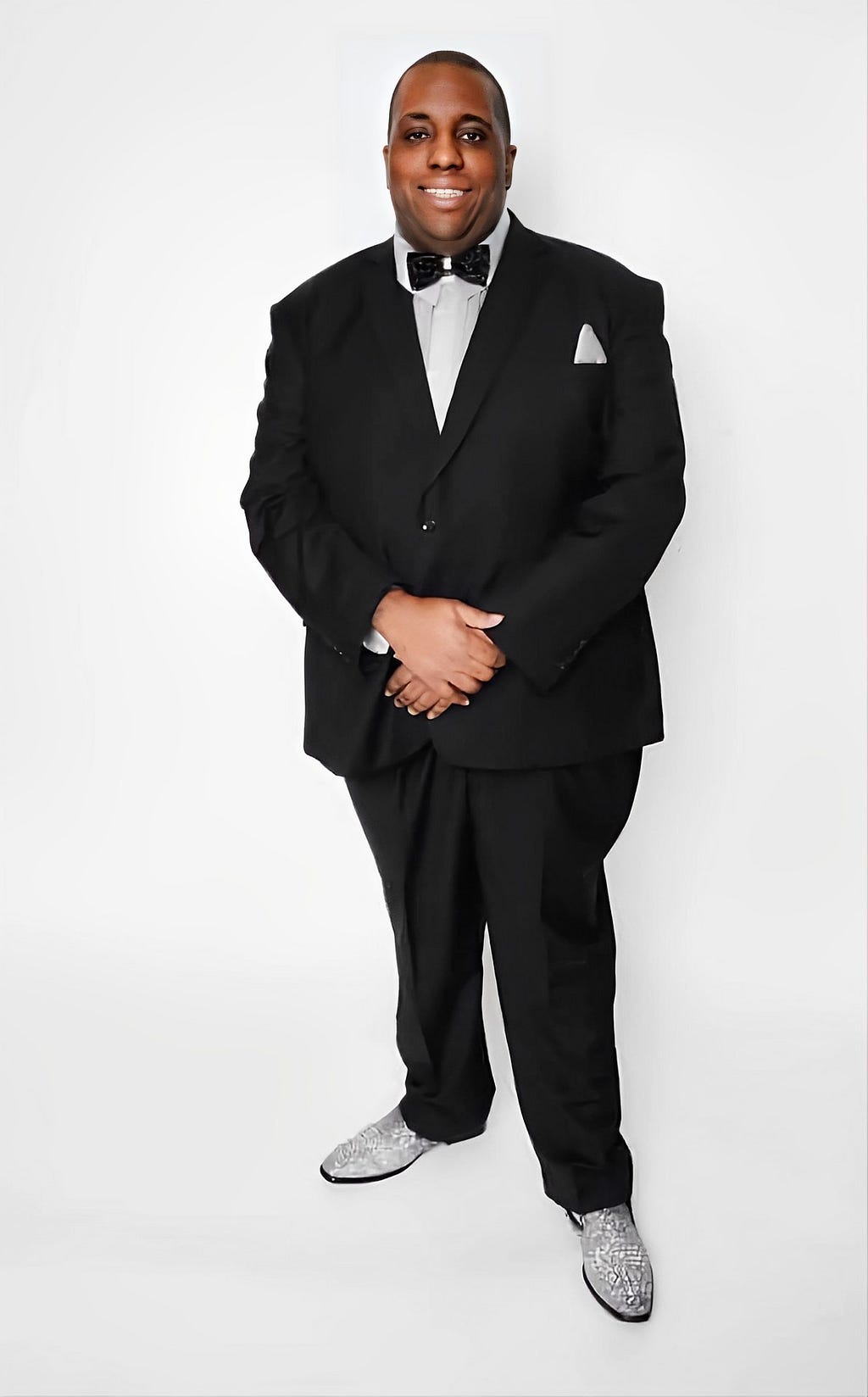Makers of The Metaverse: Andy Thelander Of Active Theory On The Future Of The VR, AR & Mixed Reality Industries
Passion — The industry is new and always changing. There’s not a lot of money in it, yet. The big project you’re working on will likely not go viral or be seen by a huge amount of users. Enjoy the process.
The Virtual Reality, Augmented Reality & Mixed Reality Industries are so exciting. What is coming around the corner? How will these improve our lives? What are the concerns we should keep an eye out for? Aside from entertainment, how can VR or AR help work or other parts of life? To address this, we had the pleasure of interviewing Andy Thelander.
Andy Thelander is Creative Director and Co-Founder of Active Theory, a digital creative experiences agency, and its proprietary web-based virtual events platform, Dreamwave. As the studio’s creative lead, Andy oversees the overall creative, art direction, and design of experiences from concept to development. Originally from Brisbane, Australia, Andy moved to Los Angeles in 2012 to found Active Theory and has since gone on to lead immersive digital builds for clients including Google, Coachella, NASA, Adult Swim, Pottermore, Under Armour, and Porter Robinson. As a hands-on developer and designer, Andy’s creative philosophy stems from a production-first mentality, an insight which ensures Active Theory can consistently push the boundaries of technology and has been recognized by Cannes Lions, Emmys, Webbys, and other industry awards. The agency was recently named one of Fast Company’s Most Innovative Companies and nominated as one of five best brand experience agencies by Campaign U.S.
Thank you so much for doing this with us! Before we dig in, our readers would like to get to know you a bit. Can you tell us a bit about your backstory and how you grew up?
Sure, I grew up in Brisbane, Australia. As a child of competitive parents, an aspiring olympic swimmer and state billiards champion, I naturally had the same desire to prove myself. I played a lot of online games and climbed the ranks quickly before hitting a ceiling and trying other games. I always found competing against other people more rewarding than single-player game design. Around the age of 13 I started playing inline hockey, a niche sport in a small country but I liked the competitiveness. I ended up playing for Australia a few times, before dislocating my shoulder ended that journey. Everything happens for a reason.
I never really knew what I wanted to do for work, but I knew I didn’t want it to feel like school. Trapped in the classroom against my will, getting marked on memorizing information I had no interest in. I wanted a line of work that was competitive and primarily computer-based. I didn’t know if one existed but I applied to university for a dual degree in Communication Design (Arts) and Information Technology (Computers). I found my current industry after a couple of years through The FWA.
Is there a particular book, film, or podcast that made a significant impact on you? Can you share a story or explain why it resonated with you so much?
My favorite film growing up was Top Gun. It represented a lot of my inner desires around competitiveness, eliteness, the american dream and fighter jets. I’ve referred to Active Theory as a Top-Gun.
Another beautiful piece of media that made a significant impact was the game Journey. The Art Direction, intuitiveness of controls, the integration of multiplayer creates an experience that feels meditative and transformative. My journey in the game was accompanied by another player about 30% of the way through. We built a bond, guiding each other through the game before parting ways at the end. The game puts you in a conversation afterwards, only to find out my partner was Korean and we were unable to communicate. The desire to connect users emotionally beyond language has embedded itself in my Creative Direction ever since
Is there a particular story that inspired you to pursue a career in the X Reality industry? We’d love to hear it.
I’m all about soft boundaries in my life. Work blends itself into my daily life, I don’t box it into specific hours in a day and vice-versa with my personal life. I think technology can exist in a similar format. I believe devices and screens are just different ways of experiencing content, each with their own pros and cons. I don’t think we need to be precious in choosing one specific device over another.
When Virtual Reality first came out, my company bought almost every headset that was released in a 2–3 year span. Each one a slight improvement over the other but still a decline from that first moment of immersion, I still fondly remember the house demo from the Oculus developer kit. The promise of XR is still being realized but I’ve since become more patient and realistic to meet consumers where they currently are. I use a VR headset once every few months, I find them uncomfortable as do many others. I’ll likely feel the same about any AR glasses technology
Can you share the most interesting story that happened to you since you began this fascinating career?
Working with highly experienced Creatives in the Advertising world has always been rewarding. I’ve learned how to deal with strong personalities and have learned to adjust my behavior in the pursuit of selling in a different, but better, direction than what has been previously agreed upon
One creative, Porter Robinson, an electronic music artist, taught me a great deal about leading other creatives through world definition — a bible of images, text, copy and audio. I presented a big deck of ideas to him before we started working together — like I would to an agency creative and he basically said “I really don’t like any of it but I do think you captured it visually” — I loved the bluntness. I’ve done three projects with him since and really value his insights. Australians are brutally honest, often to a fault. I’ve learned to cut to the chase while being mindful of people’s feelings
One trick for negative feedback is the shit sandwich. You give the negative feedback between two slices of positive feedback; if you had to eat shit you’d likely wrap it in some bread. For example, if you don’t like a design you can say — “Hey I really appreciate the work you put in, however it’s not working visually and requires more exploration to nail it. You’re on the right track though (high five emoji)”.
Can you share a story about the funniest mistake you made when you were first starting? Can you tell us what lesson you learned from that?
When I make mistakes I try to learn from them swiftly and move forward. In one project we did a giant multiplayer experience before the keynote of Google I/O. 7000 people in person and double that online would do something fun digitally to bring up the energy. There was a gaming moment where the audience was split into four teams, for two years in a row there were two colors with double the amount of players — it made no sense and ruined the experience. I was assured the method to distribute players was correct. I made the decision to investigate myself and found the issue was in the random function that assigned you into a team. Without getting too technical, the function would round a number between 1 and 4, meaning the bottom of 1 and the top of 4 were getting lost, explaining the uneven distribution. Don’t trust everything a developer says, even the ones you respect the most.
None of us are able to achieve success without some help along the way. Is there a particular person who you are grateful towards who helped get you to where you are? Can you share a story about that?
Would call out my business partners Nick and Michael for being on this journey — it has been fun, delirious and painful but very rewarding to get to the stage we’re at now. We barely knew each other when we started but the gamble paid off. I’d also like to thank Beth, my wife, she’s always been a driving force behind my career and sounding board for decision making, and I wouldn’t be where I am without her support.
Are you working on any exciting new projects now? How do you think that will help people?
Right now I’m excited to do more Installation & physical work, which gives you a smaller but more authentic source of feedback for your work. I think people are so embedded in digital connection these days, the opportunity to connect through a mixed digital/physical space may give people a new way to authentically connect with each other and their environment. I continue to look for ways to add more empathy to my work, there’s a lot of potential in grounding it in reality.
Ok super. Thank you for all that. Let’s now shift to the main focus of our interview. The VR, AR and MR industries seem so exciting right now. What are the 3 things in particular that most excite you about the industry? Can you explain or give an example?
I’m excited by the recent shift to “Metaverse” type work despite the current sentiment. It’s going to be an uphill battle but the trend towards crafting more digital experience feels inevitable.
Three things I’m particularly excited about are 1) bringing users together regardless of device or location, this is our primary goal with Dreamwave, 2) using advancements in technology to tell stories in new, more immersive ways and 3) giving users more opportunities to interact and connect.
What are the 3 things that concern you about the VR, AR and MR industries? Can you explain? What can be done to address those concerns?
Access — The increased price of devices combined with wealth inequality means most experiences will only ever be seen by an increasingly smaller group of people. This can create an echo chamber that’s detached from the real world. Our mission has always been to cater to as many devices and people as possible, five year old phones and the latest graphics cards can exist in the same digital space with different graphic levels.
Talent — Artists have always struggled to find a lane to express themselves while also paying rent. Creativity tends to get crushed in the pursuit of profits, big companies will likely absorb the talent in an effort to stay ahead and top talent will be stuck in roles that limit their creative impact. Individuals need to weigh up the price of sacrificing autonomy for a bigger paycheck and companies that can’t compete financially need to find other ways to reward and motivate their talent.
False Starts — There’s only so many ways to say revolutionary when a new product gets released. A small increase in device performance will always be “The latest in technology”, regardless of how small or personally insignificant the update is. Avoid getting lost in the hype, I have about 6 headsets gathering dust in my closet. I’ll be buying the 3rd or 4th iteration of Apple’s glasses.
I think the entertainment aspects of VR, AR and MR are apparent. Can you share with our readers how these industries can help us at work?
It really depends on personal preference and the type of work. Potential of AR for work is huge, a simple and already-utilized example are digital content overlays for physically-based jobs; such as biometric readings for surgeons, guidance for oil drillers or turn-by-turn instructions for delivery bikes. VR however is a transportive technology, taking you away from the real world and is less useful in a work environment. I don’t particularly like wearing glasses for more than 10 minutes at a time so my preference would be see-through displays or a bionic eyeball.
Are there other ways that VR, AR and MR can improve our lives? Can you explain?
The blending of the digital and physical worlds will bring all kinds of change, hopefully more positive than negative. We’ll likely see a trend away from digital products in the physical world as we feel the burn-out of hyper-speed technology growth. It’s ok to not use these technologies if they don’t serve you. Explore and find out, have a preference and try not to put much investment behind any new tech — it will likely be outdated in six months with something better. Step away for a couple years and come back surprised to marvel at a much more refined version.
What are the “myths” that you would like to dispel about working in your industry? Can you explain what you mean?
Awards are overrated, the pursuit of awards for peer recognition will ultimately not be worth the struggle, whether you reach your goal or not. Be driven by an inner desire to explore and create, not for the approval of others. Awards are a by-product of doing good work, if you treat it as an outcome and not a goal you likely won’t be disappointed.
What are your “5 Things You Need To Create A Highly Successful Career In The VR, AR or MR Industries?”
Passion — The industry is new and always changing. There’s not a lot of money in it, yet. The big project you’re working on will likely not go viral or be seen by a huge amount of users. Enjoy the process.
A student mindset — Learn to love learning and avoid becoming rigid in how you approach new technology. The growth of change is only increasing and being able to adapt to new technology will be crucial. Ride the technology wave, don’t fight it, it’s a lot bigger than you are and doesn’t care about your opinion.
Patience — I’m often very excited about the application of new technology to projects and clients, but don’t always consider the implications — such as risk, money and business forces out of my control. I’ve learned to move at different speeds with different clients, some projects can take years, and that’s ok.
Peers with opinions you respect — My greatest projects were completed beyond the capabilities of myself. While I strive to learn and do as many roles as possible in a project I’ve learned my main role is steering the ship, instead of trying to row in all the positions. Group projects are an expression of everyone who touched it, each person uniquely contributes to the outcome.
Relax when it’s time to relax — Burnout is real, take breaks between projects. Pushing yourself to new heights means also allowing yourself to come back down out the other side. When I’m in a project I can work 20 hour days at the end stretch, I like the challenge of pushing myself. Once the project is launched I’ll do a series of 4 hour days.
You are a person of great influence. If you could inspire a movement that would bring the most amount of good to the most amount of people, what would that be? You never know what your idea can trigger. 🙂
Empathy is the key. Moving to Los Angeles has been a challenge in understanding the lived experiences of people around me, I can’t imagine the life paths of people around me which makes me curious and cautious in assuming or saying the wrong thing. When I’m back in Australia I feel an immense sense of calm, I can predict each person’s life story — feeling familiar and warm.
I hope as we become more globalized digitally and the culture barrier begins to dissolve — we begin to understand that each person spawned into a character they did not choose. Be kind, listen and see the world through the lens of someone other than yourself.
We are very blessed that very prominent leaders read this column. Is there a person in the world, or in the US with whom you would like to have a private breakfast or lunch, and why? He or she might just see this if we tag them 🙂
I think it would be fun to meet Elon, just 10 seconds to say hi 🙂
Thank you so much for these excellent stories and insights. We wish you continued success in your great work!
Makers of The Metaverse: Andy Thelander Of Active Theory On The Future Of The VR, AR & Mixed… was originally published in Authority Magazine on Medium, where people are continuing the conversation by highlighting and responding to this story.

